32 Golf Rules Terms (Every Player Needs To Know)
Whether you’re planning on playing competitive golf or simply want to develop your Rules knowledge, it would be a good idea to familiarise yourself with these terms
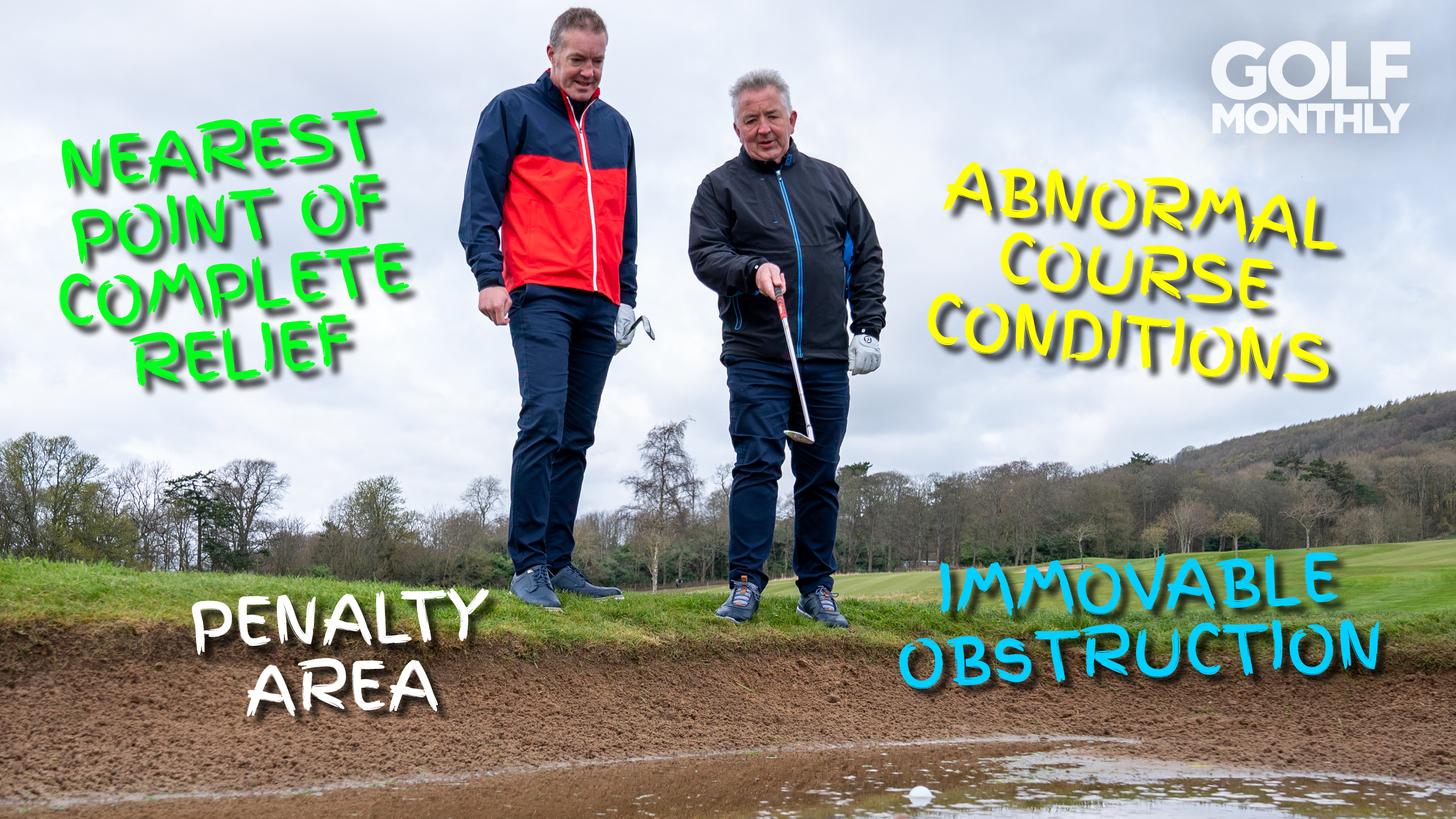

Despite a major modernisation in 2019 to streamline the rules and simplify things in a number of areas, there is still a lot to get your head around, especially if you’re new to the game.
One of the best places to start is in the Definitions section of the Rules of Golf, for it is here you will find all the key terms and what they mean. Nearly all the phrases we unpack here feature in the Definitions, with one or two extras added in. Get to grips with these, and you’ll be well on your way to a better understanding of golf’s rules…
Integral object
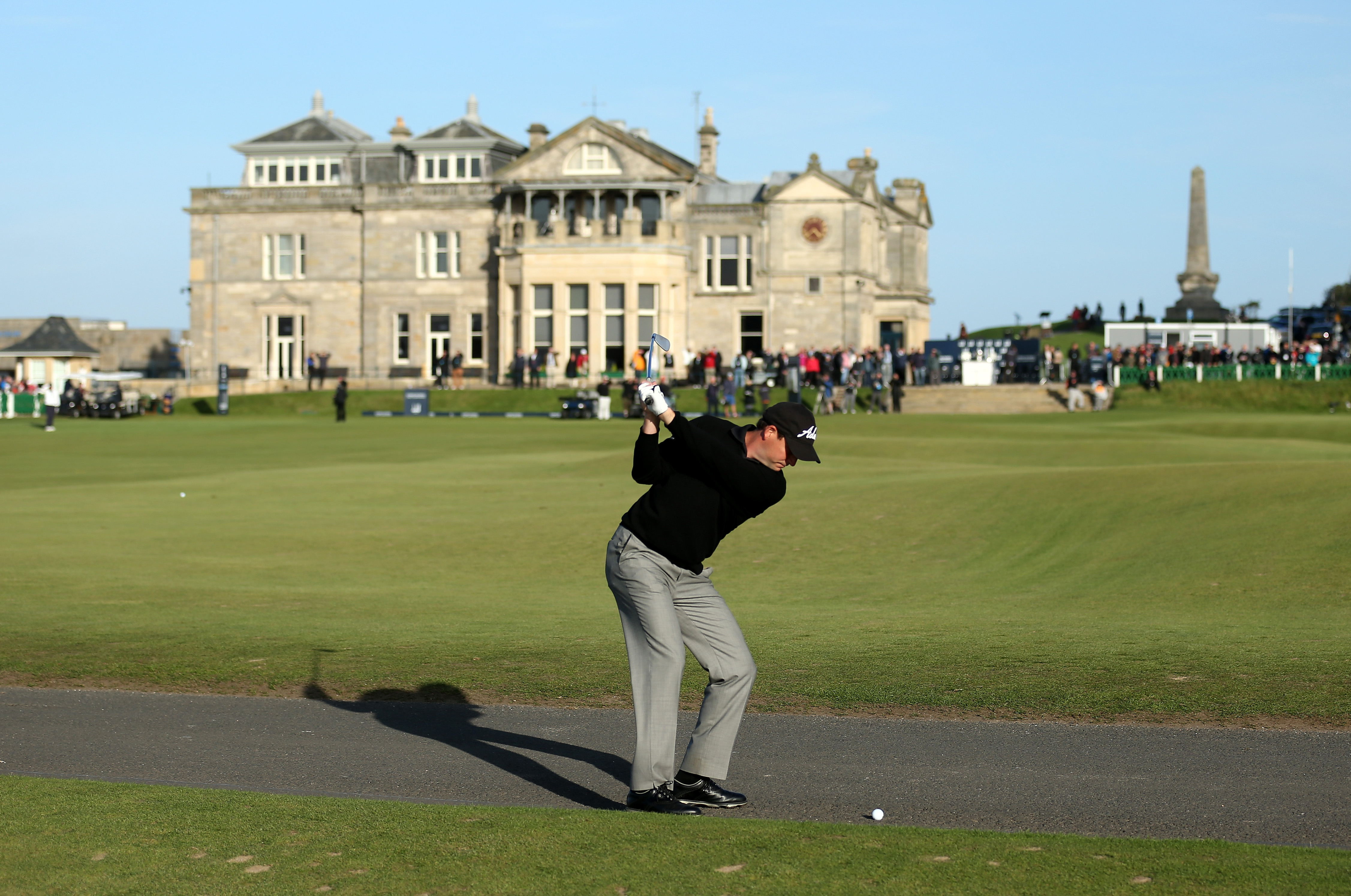
These are artificial objects that form part of the challenge of playing the course rather than being immovable obstructions from which free relief is allowed. Perhaps the most famous is Grannie Clark’s Wynd – the road crossing the 1st and 18th on the Old Course at St Andrews. If your ball lies on it you must either play it as it lies or take a penalty drop. Always check the scorecard to see if any roads are classed as integral objects.
Outside influence
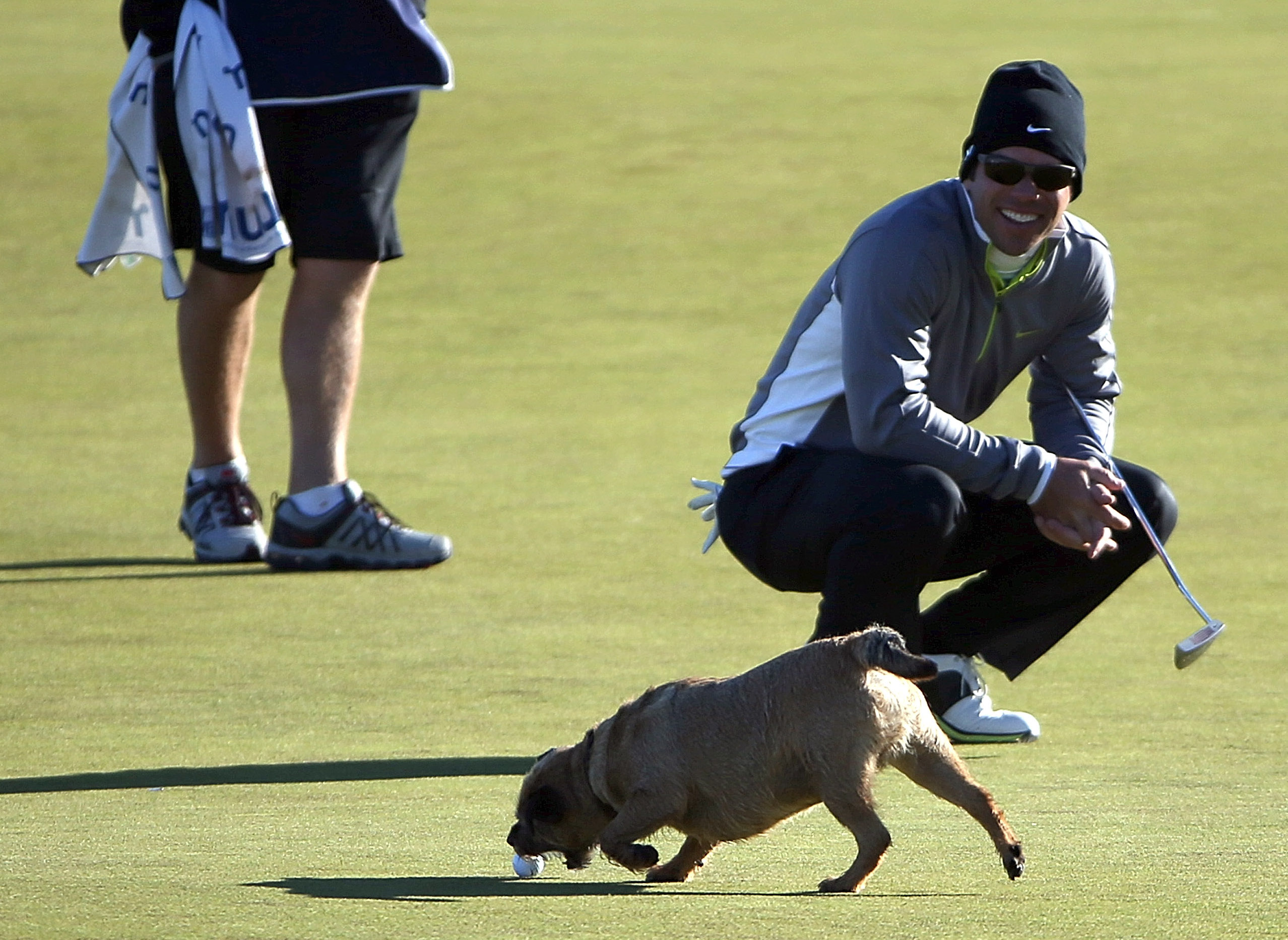
An outside influence is something other than the player, caddie, player’s partner or opponent (or any of their caddies) that affects what happens to a player’s ball. It could be another player’s ball or, as here, a dog that decided to pick up Paul Casey’s ball and make off with it. In such circumstances, you are allowed to replace the ball where it was before the outside influence lifted or moved it.
Three-minute search

This is the amount of time you are allowed to look for a ball before it becomes lost. It starts from the time the player or his/her caddie reaches the area where they believe the ball to be. Once three minutes has elapsed, you must either play again under stroke and distance or switch to the provisional ball you will hopefully have played as a contingency.
Disqualification
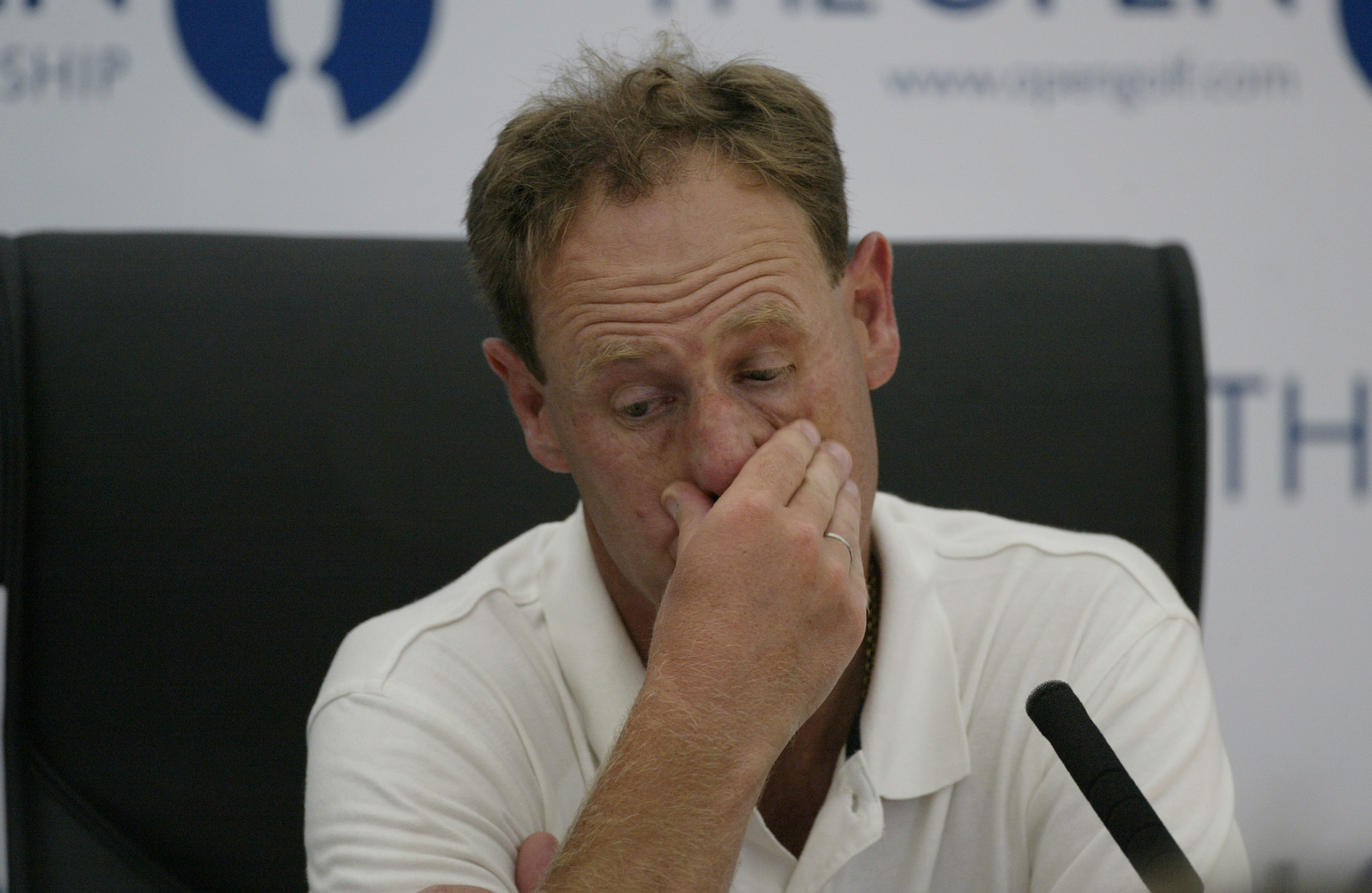
The harshest penalty meted out by the Rules for a limited number of breaches deemed serious enough to warrant it. One example would be signing for a score lower than you actually made on an individual hole. Mark Roe, pictured here, was famously disqualified after a scorecard mishap in the 2003 Open when he and Jesper Parnevik failed to swap cards and ended up signing for the wrong scores. Thankfully, procedures since put in place should prevent a repeat of this one.
Boundary object
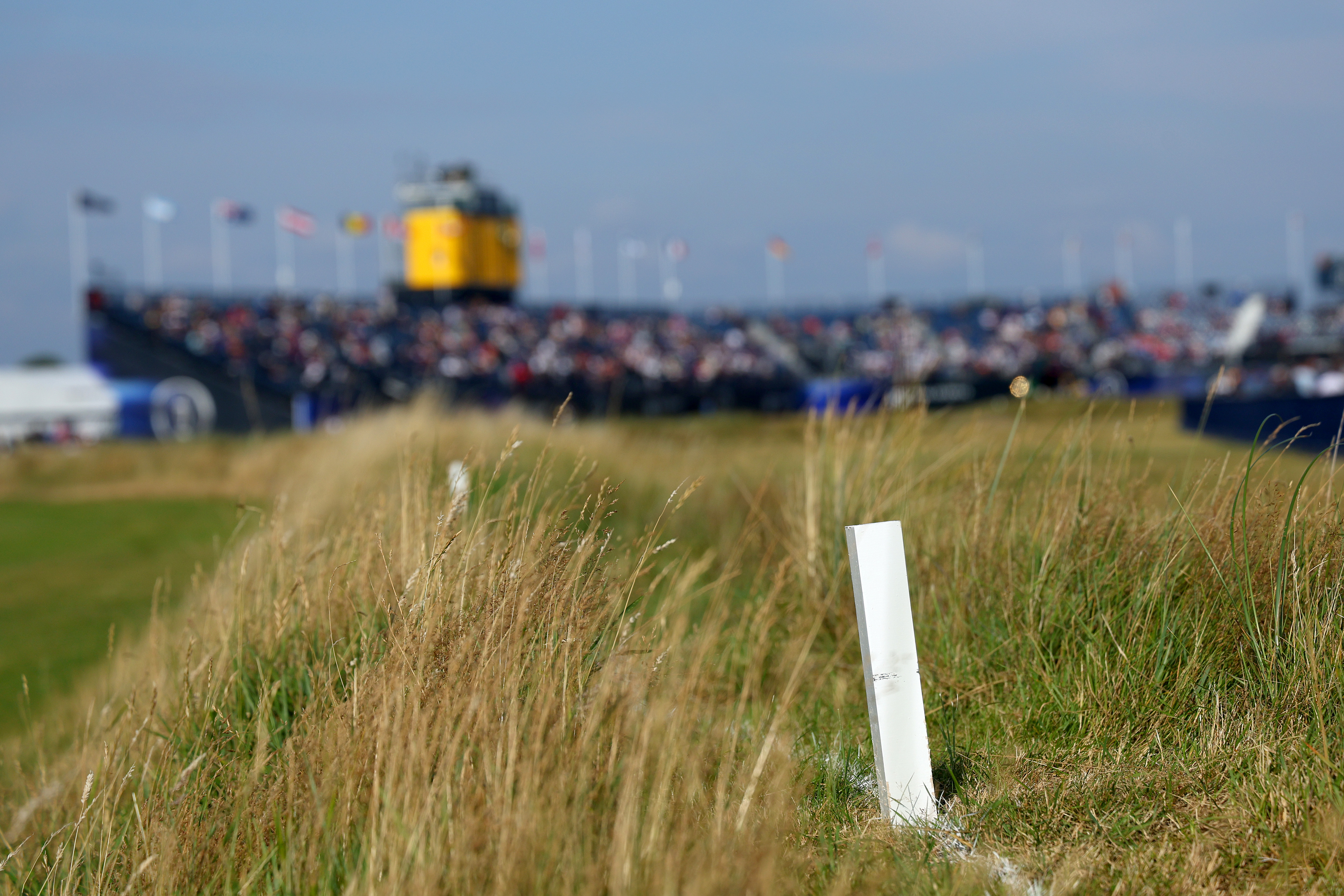
These are artificial objects defining the boundaries of the course such as walls, fences, stakes and railings, from which free relief is not allowed. You must either play the ball as it lies or proceed under penalty if they interfere. It’s important to remember that even if the out of bounds stakes are easily movable, you are not allowed to move them.
Get the Golf Monthly Newsletter
Subscribe to the Golf Monthly newsletter to stay up to date with all the latest tour news, equipment news, reviews, head-to-heads and buyer’s guides from our team of experienced experts.
Temporary water
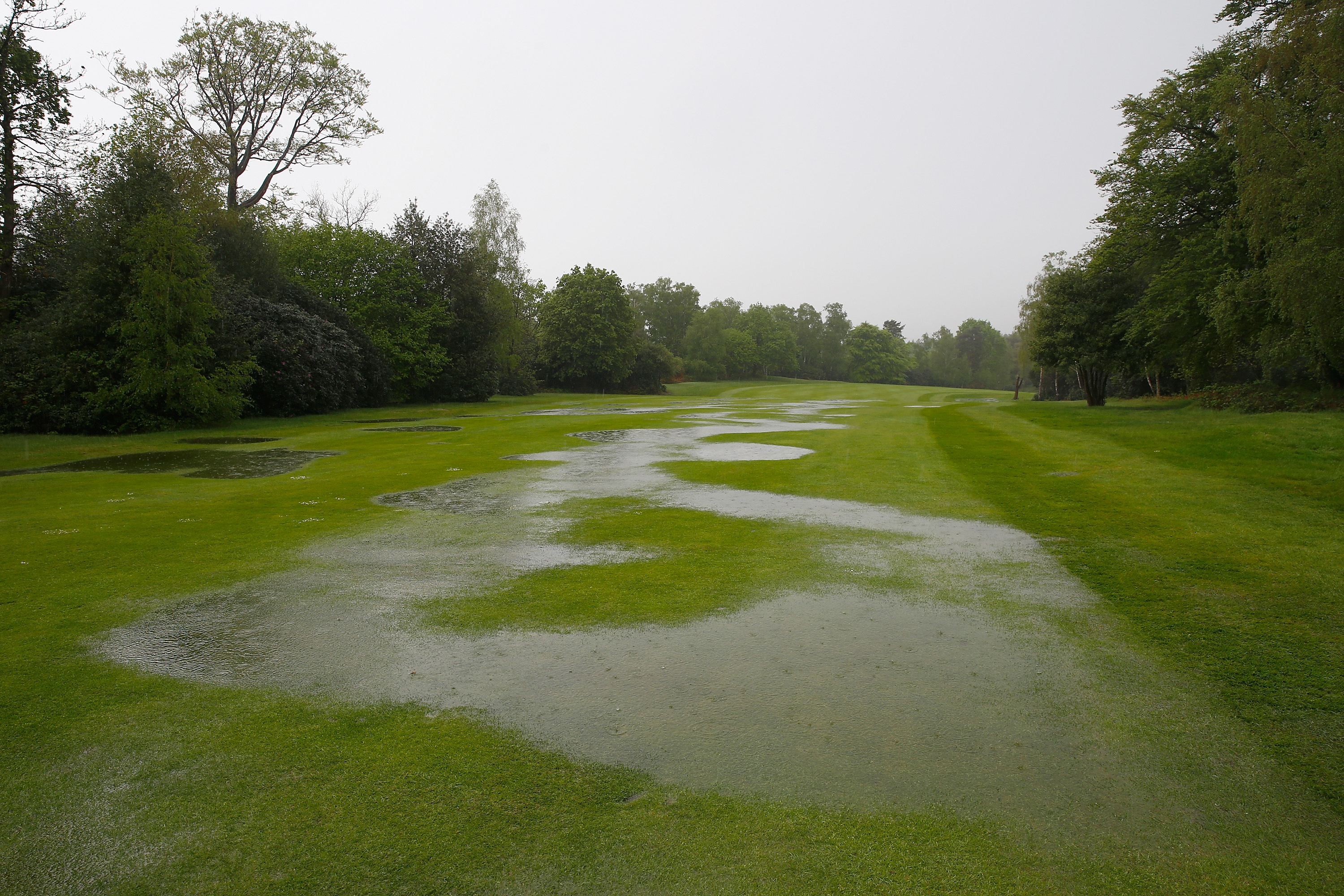
Essentially, this is any temporary accumulation of water that wouldn’t normally be there. It includes puddles or pools after heavy rainfall or from a faulty irrigation pipe or sprinkler head as well as overflows from bodies of water on the course (but not in a penalty area). To qualify as temporary water, it must be visible before or after you take your stance, without pressing down excessively with your feet to try to get water to appear!
Point of maximum available relief
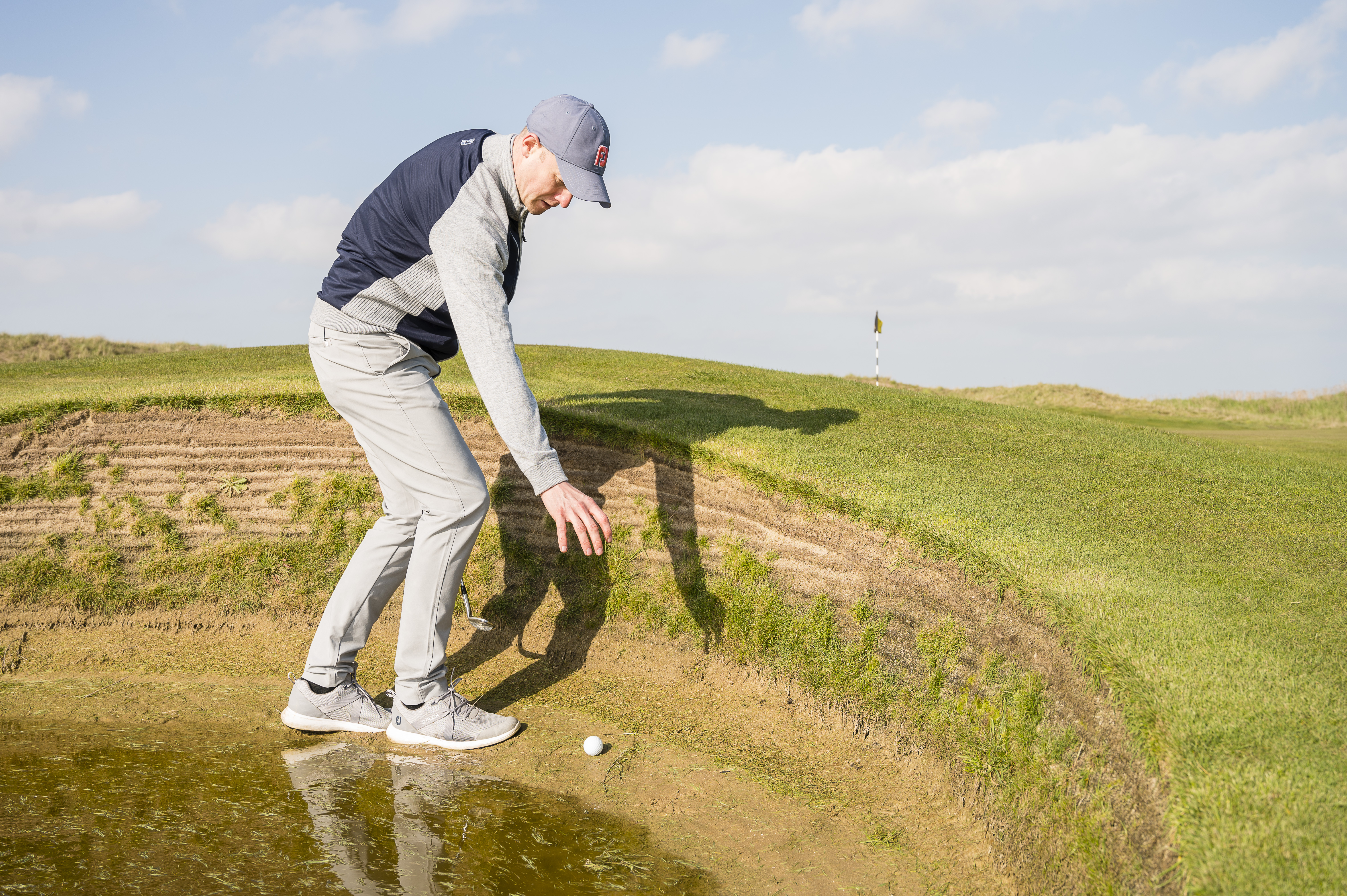
Normally, when you take relief from an abnormal course condition such as temporary water, you must take complete relief – so feet as well as ball are clear of the condition. However, in bunkers and on the putting green you may take maximum available relief if complete relief is not possible – so perhaps dropping where the water is shallower in a bunker or where you may still be standing in water even if the ball is clear.
Drop zone
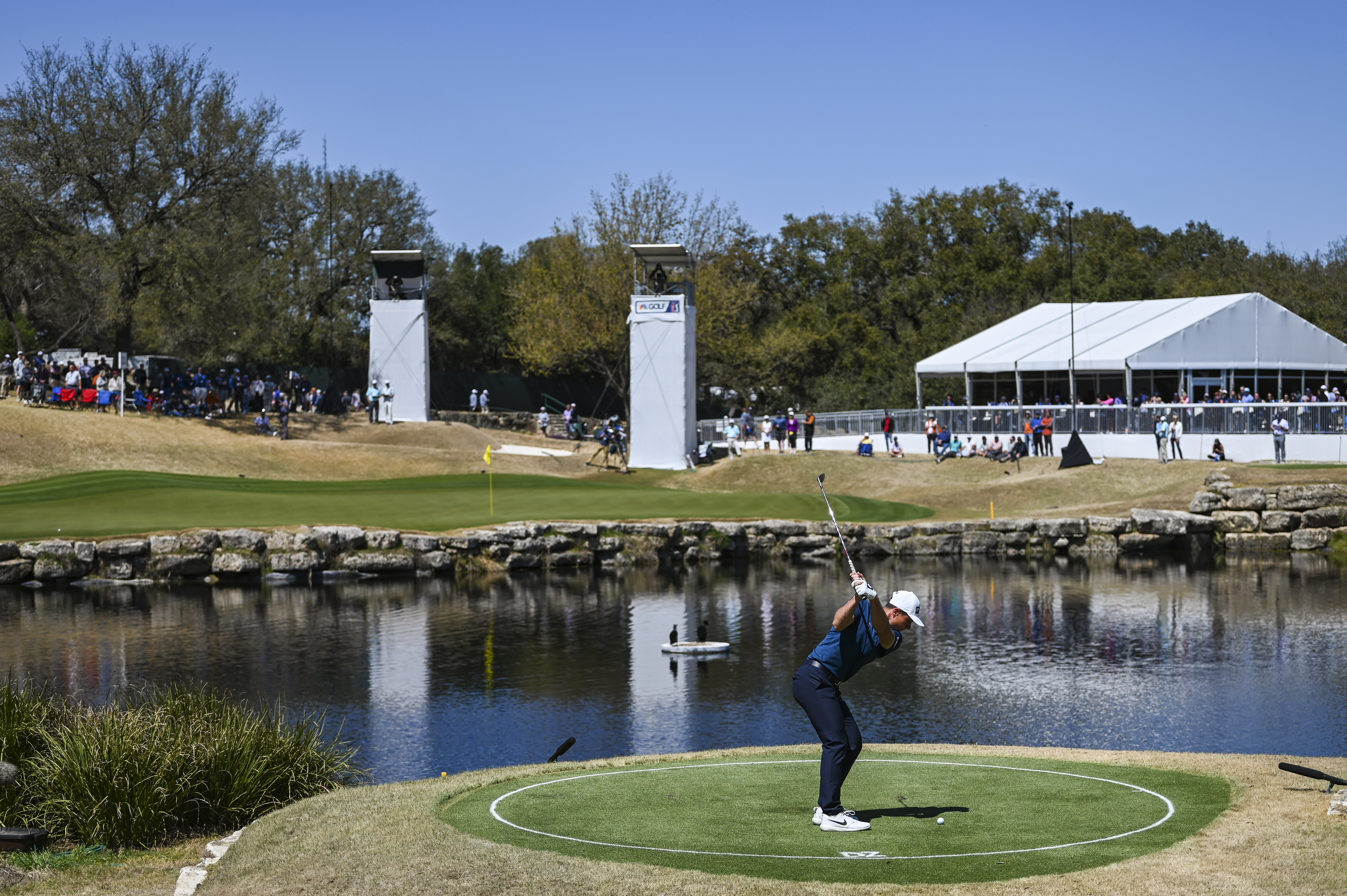
A drop zone is a designated area in which you either may or must drop away from an abnormal course condition or when taking penalty area relief as here. They are usually introduced where it is not feasible or practical to proceed under the Rules as you might normally do in such situations or locations. Always check if a drop zone is mandatory or just an additional option available to you.
Lost
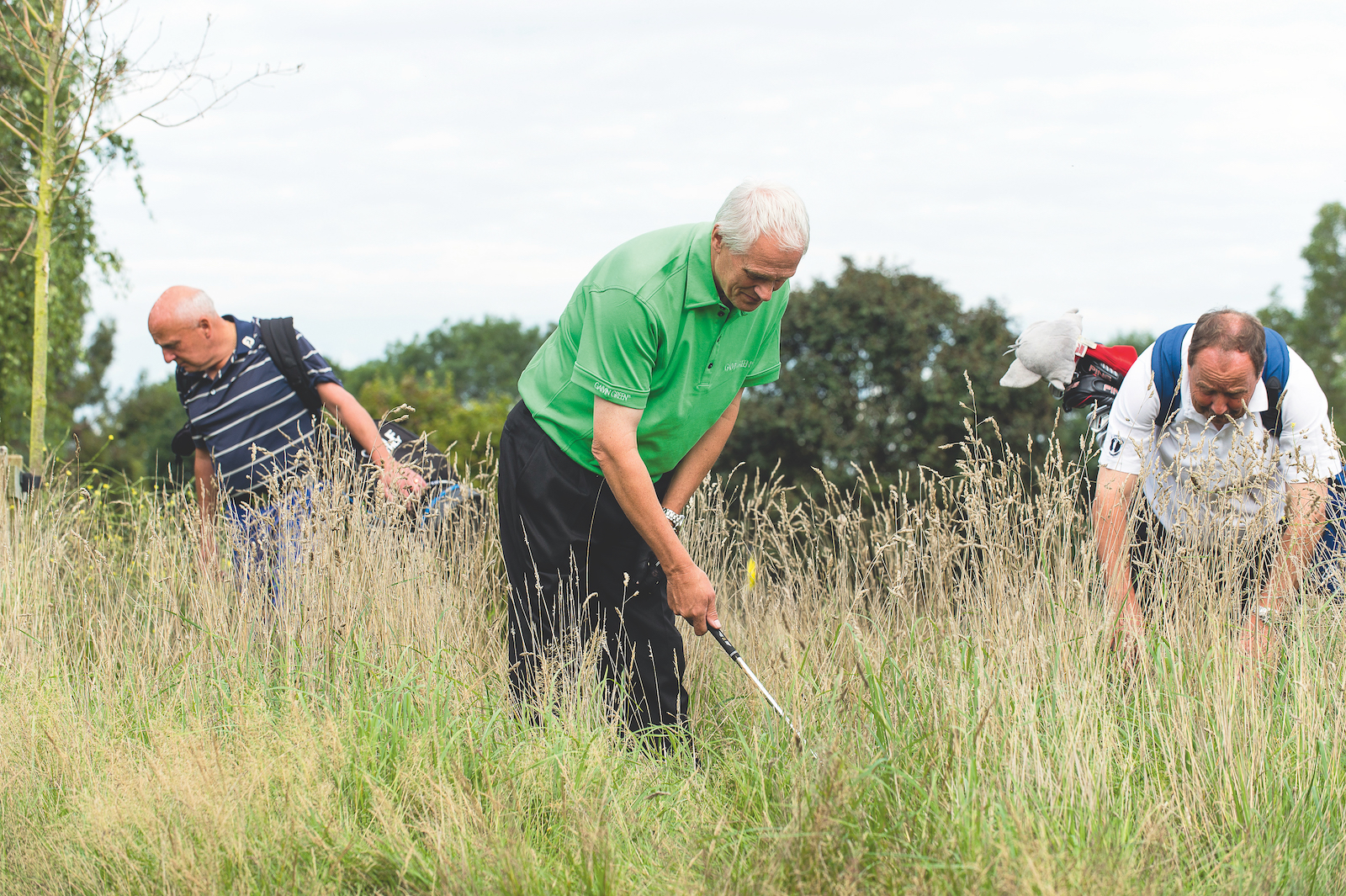
As far as the Rules of Golf are concerned, a ball is lost only when you can’t find it within the three-minute search period. Contrary to what many golfers believe, you can’t declare a ball ‘lost’ and even if you do, should anyone find it within three minutes, it is not lost under the Rules and you will either have to play it or proceed under a Rule such as ‘Unplayable Ball’ (Rule 19).
Marker
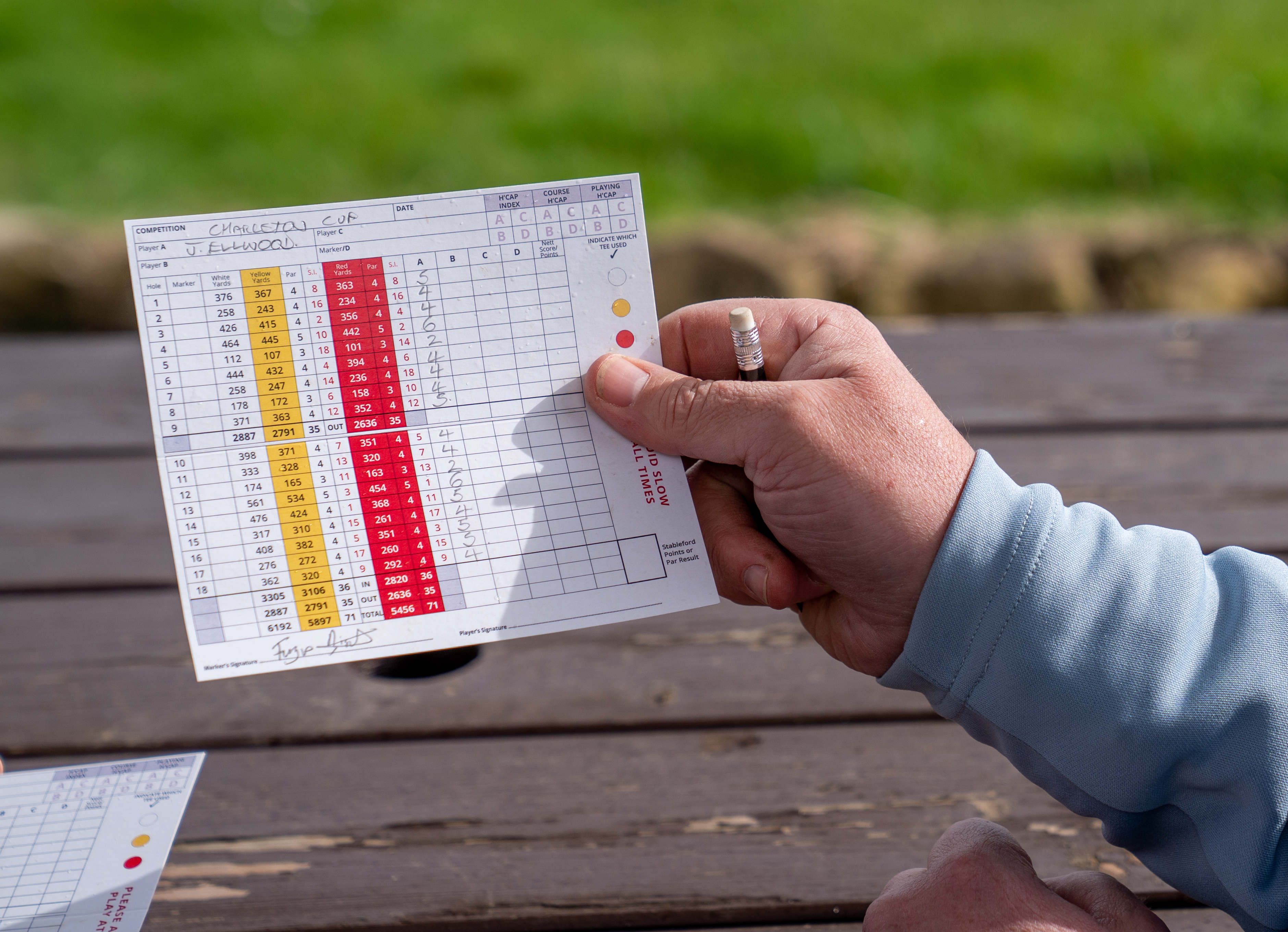
In stroke play golf, the marker is simply the person responsible for entering your score on your scorecard. They will then certify your scorecard at the end of the round by signing it to confirm that the individual scores for each hole are correct. Usually, the marker will be another player in your group for that round, but it can’t be your partner in any team event.
Holed
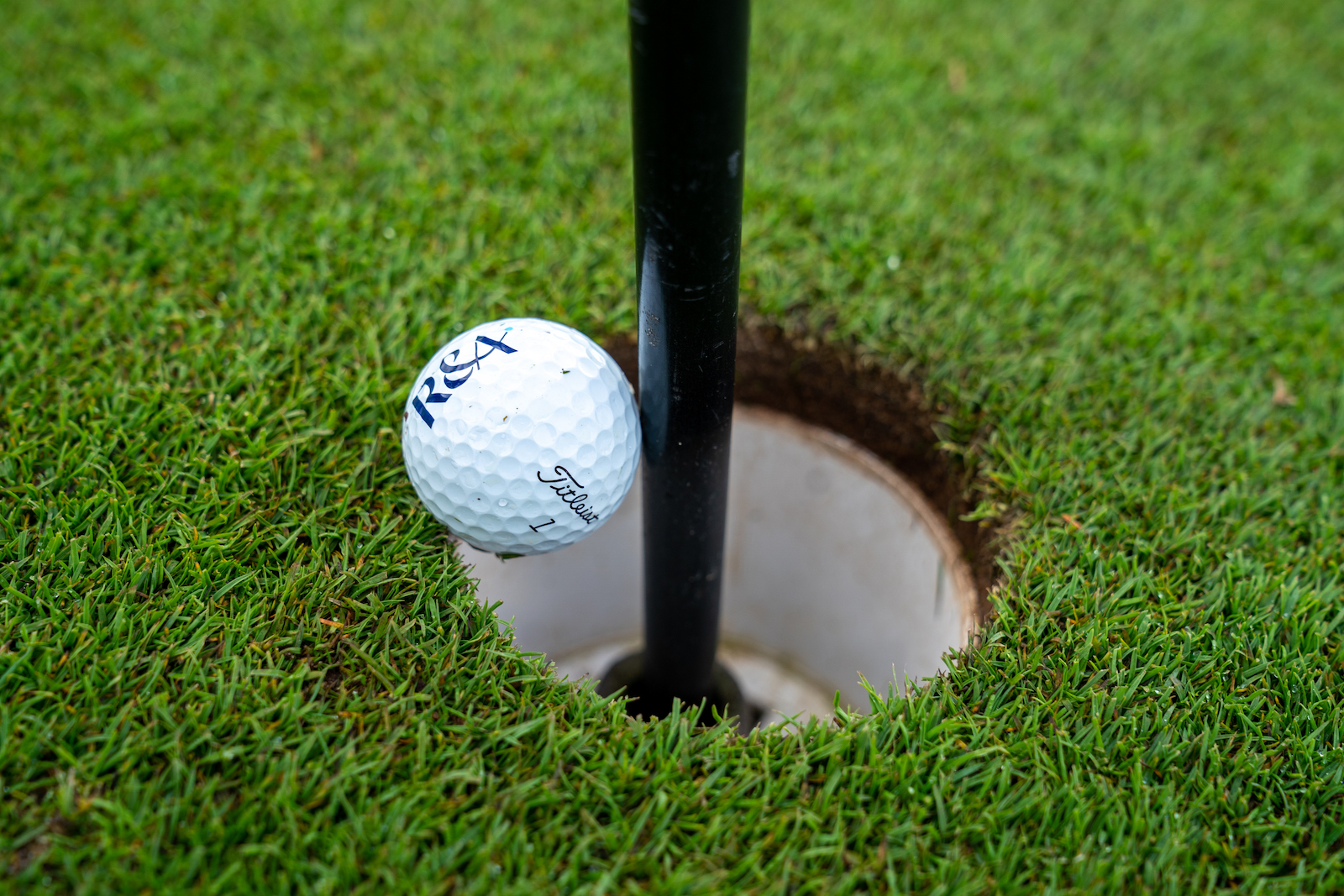
While the Definitions still say that the entire ball must be below the surface of the putting green for it to be considered ‘holed’, that is not quite the full story now. When the ball is resting against the flagstick in the hole, it is now considered ‘holed’ when any part of it is below the surface of the putting green. The Rules refer to this as a ‘special case’ but, in reality, it’s extremely common as many people now choose to putt with the flagstick in.
Club-length
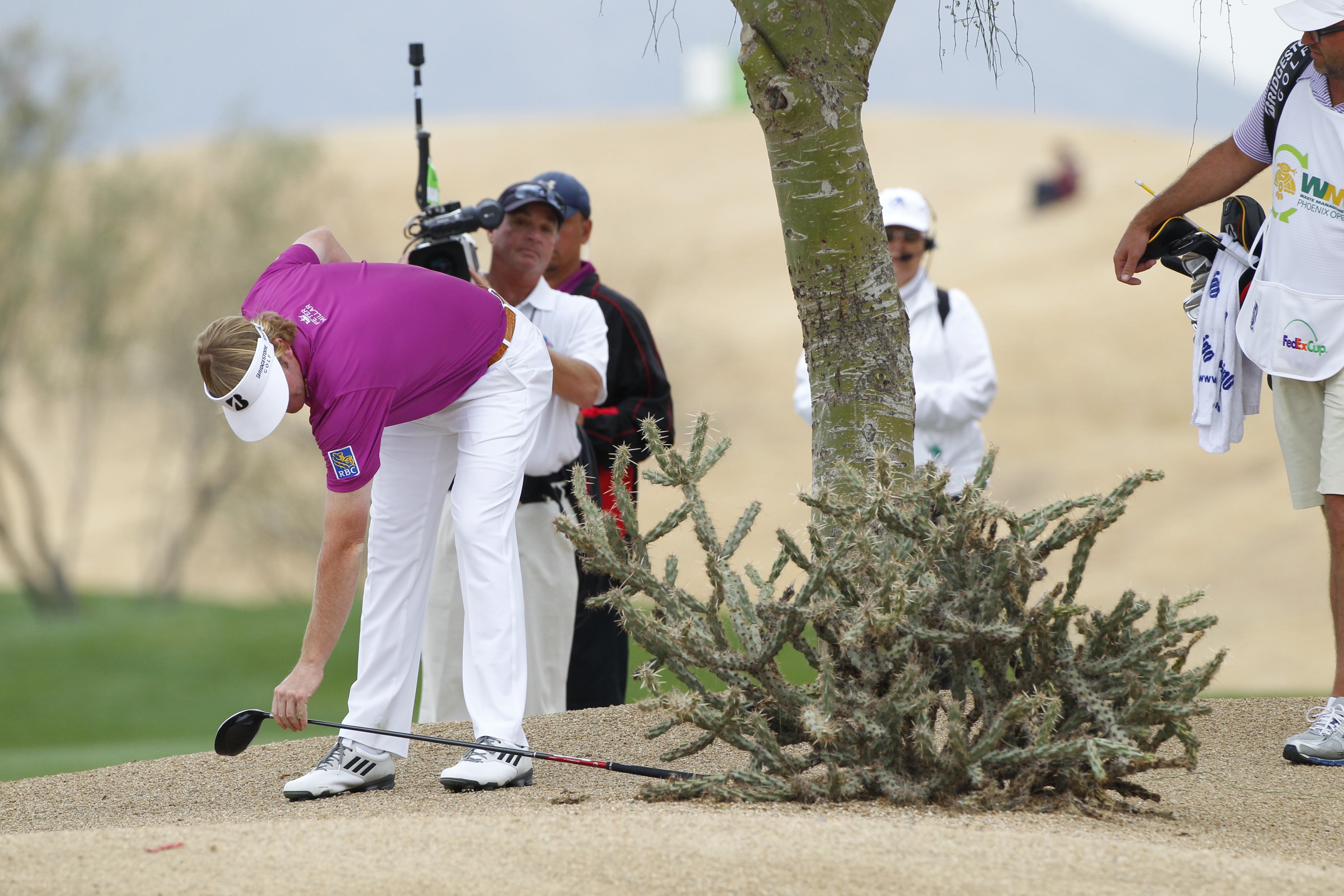
‘Club-length’ now specifically means the longest club you are carrying for that round other than your putter (to prevent long putter users from gaining an advantage). If you choose not to carry a driver you will be giving an inch or two away when measuring as your longest club will be either a fairway wood or your longest iron, both of which are shorter than a driver.
Embedded ball

When your ball is in the pitch-mark made when your previous stroke landed and part of it is below the level of the ground, it is considered embedded under the Rules. In the ‘general area’ of the course (fairways, rough etc) you are entitled to free relief and are not expected to have to play the ball as it lies. It doesn’t have to necessarily be touching soil and may still be embedded even if there is grass lying between ball and soil.
Wrong green
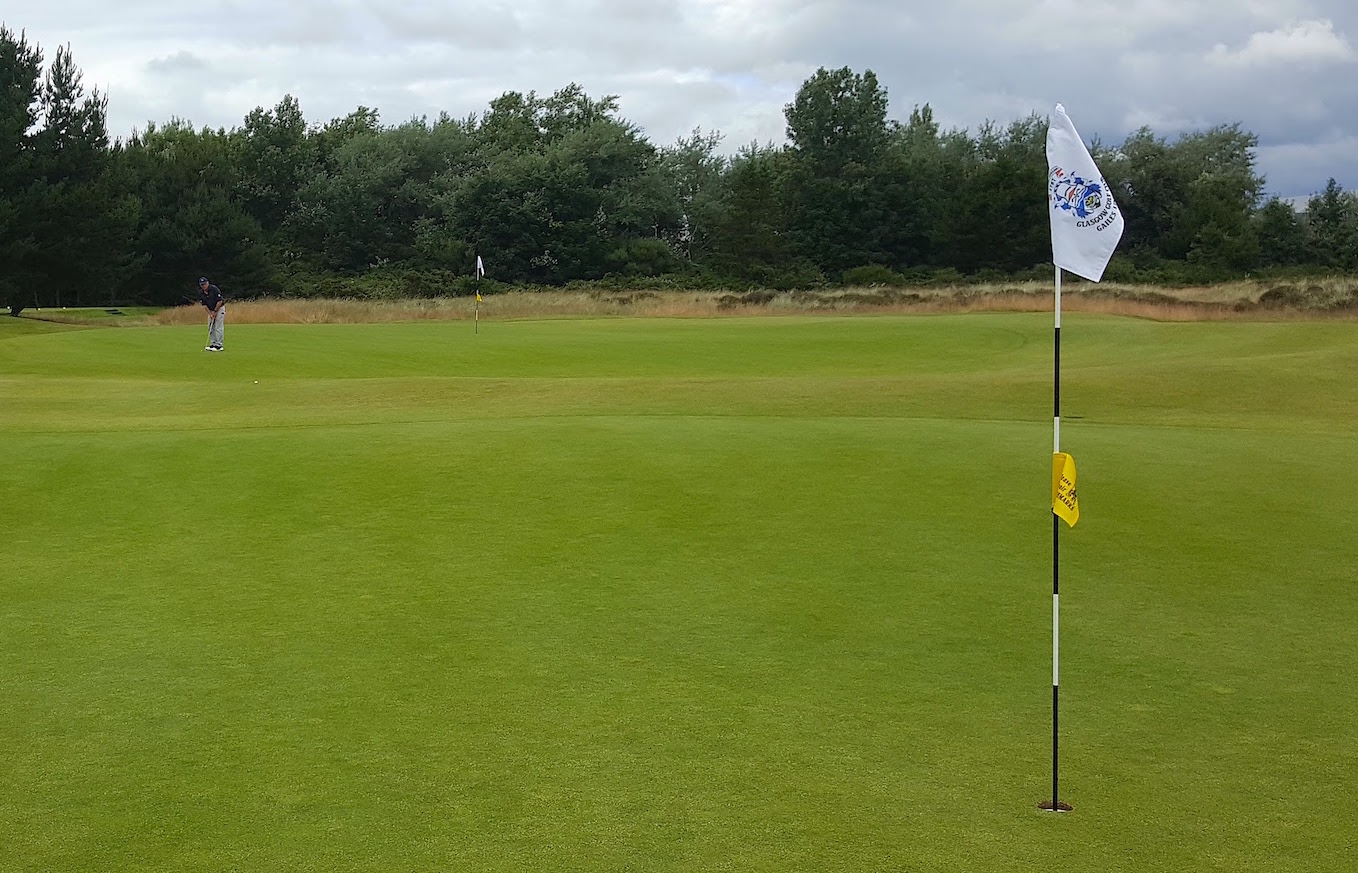
Most courses have nine or 18 greens plus a putting green. While these are all greens, the ‘putting green’ is only the green of the hole you are currently playing. All other greens are ‘wrong greens, including the main green on a hole where a temporary green is in play. Free relief is available from a wrong green, and you must always take relief, even if you could realistically putt back to your putting green, so the player in this photo is in breach of Rule 13.1f.
Known or virtually certain

This is the yardstick for deciding what has happened to your ball - for example, whether it came to rest in a penalty area or what caused it to move as in our photo here. ‘Known’ means there is conclusive evidence – e.g., you or other players saw what happened, or there was a splash when your ball landed. ‘Virtually certain’ means a 95%” likelihood that the event in question happened based on the evidence and information available.
Relief area
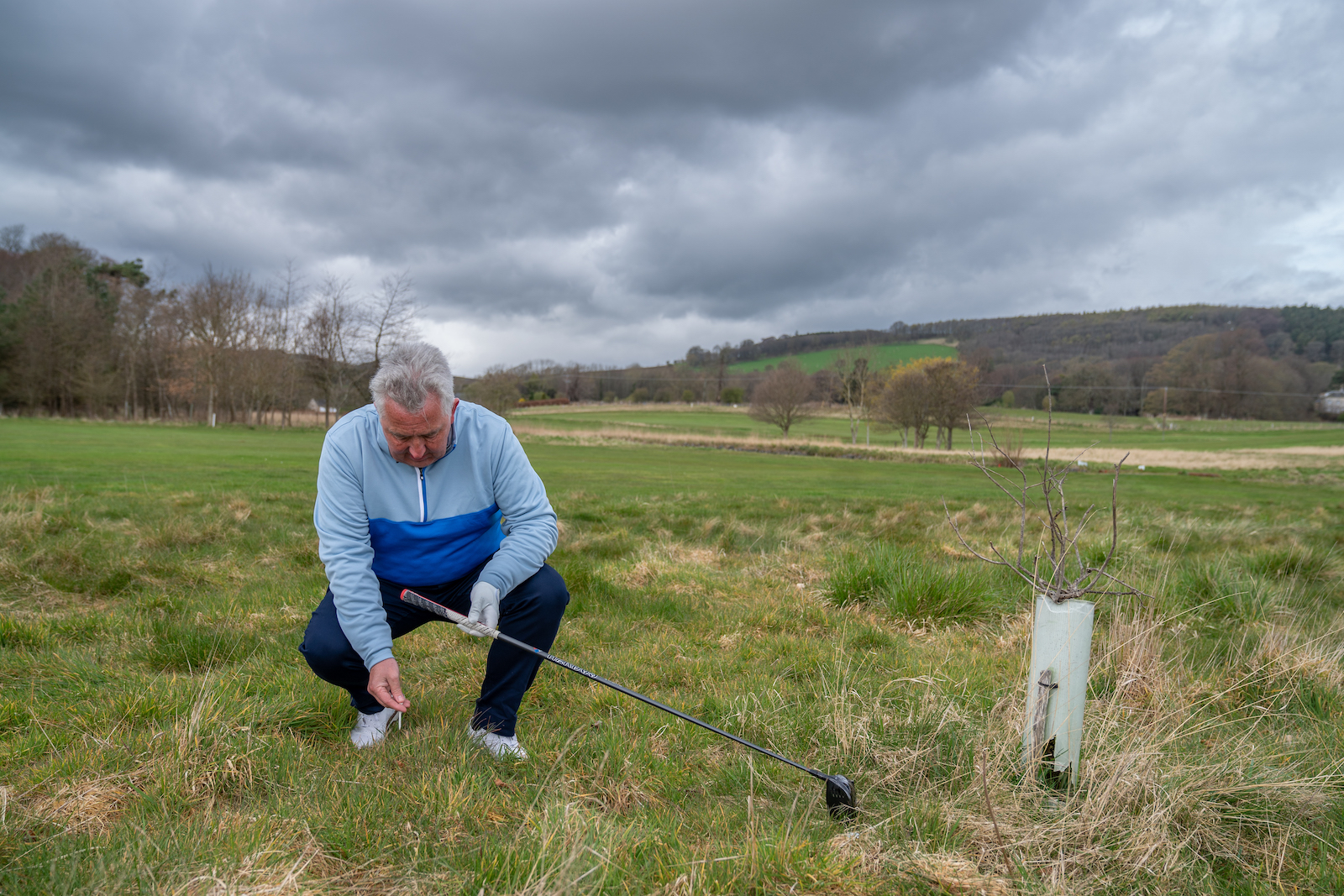
The ‘relief area’ is measured from your reference point when establishing where you can drop away from an abnormal course condition, for example, or perhaps when proceeding under the unplayable ball rule. It will either be one or two club-lengths not nearer the hole depending on what Rule applies and you will sometimes be restricted as to which part of the course you must drop in.
Teeing area

While golfers often refer to the ‘tee’ in general, the Rules have a precise definition for the ‘teeing area’ of the hole you are playing. It is a rectangle two club-lengths deep in which the front edge is defined by the line between the forwardmost points of the tee markers being used and the side edges are defined by the lines back from the outside points of the tee markers.
Ground under repair
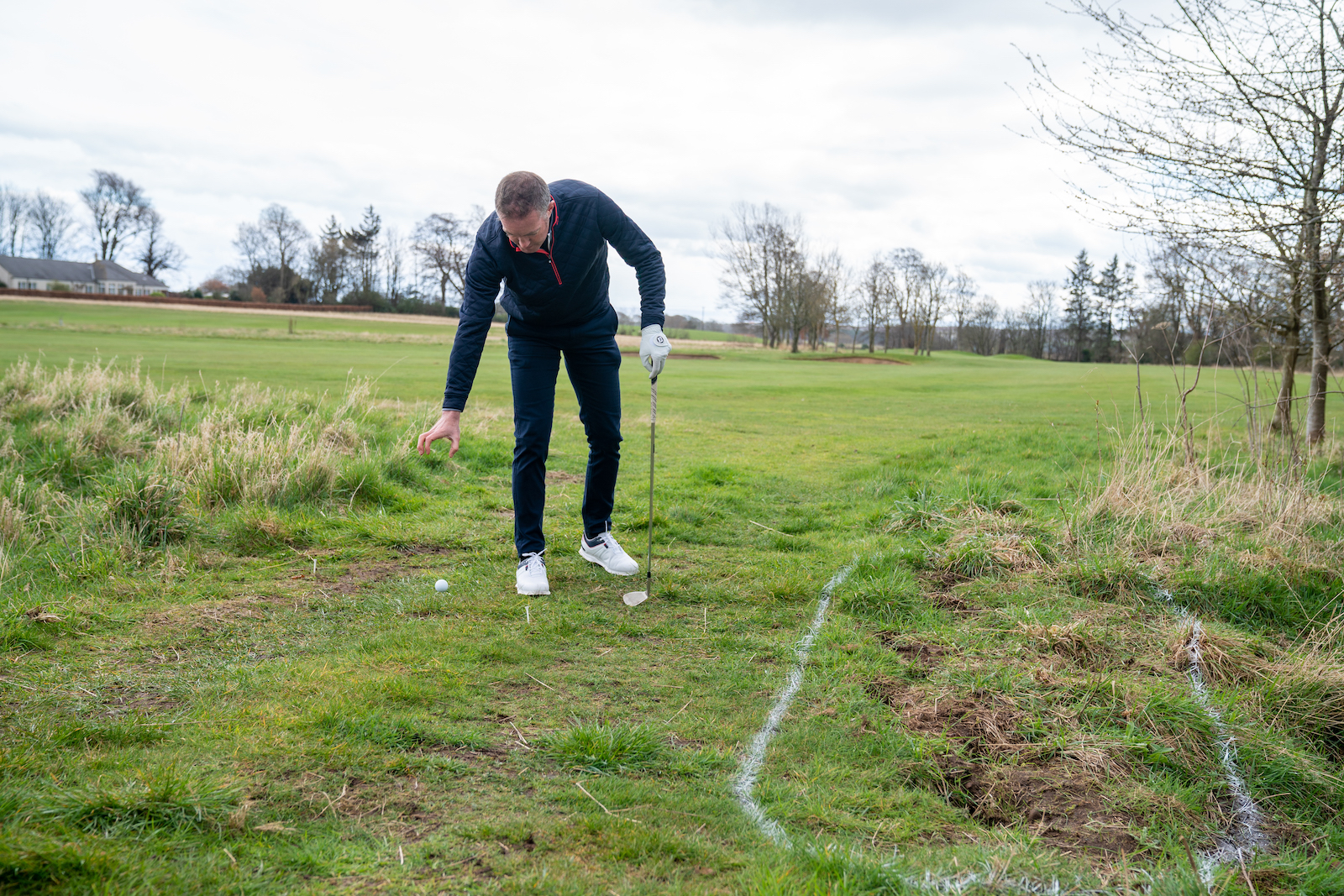
This is any ground from which the committee has decided you should be entitled to free relief either because it is in poor condition or is perhaps recently repaired turf or ground from which they don’t want you playing. Certain things are considered GUR even if not specifically marked, among them holes made by maintenance staff in setting up the course or any grass cuttings piled for later removal.
Out of bounds
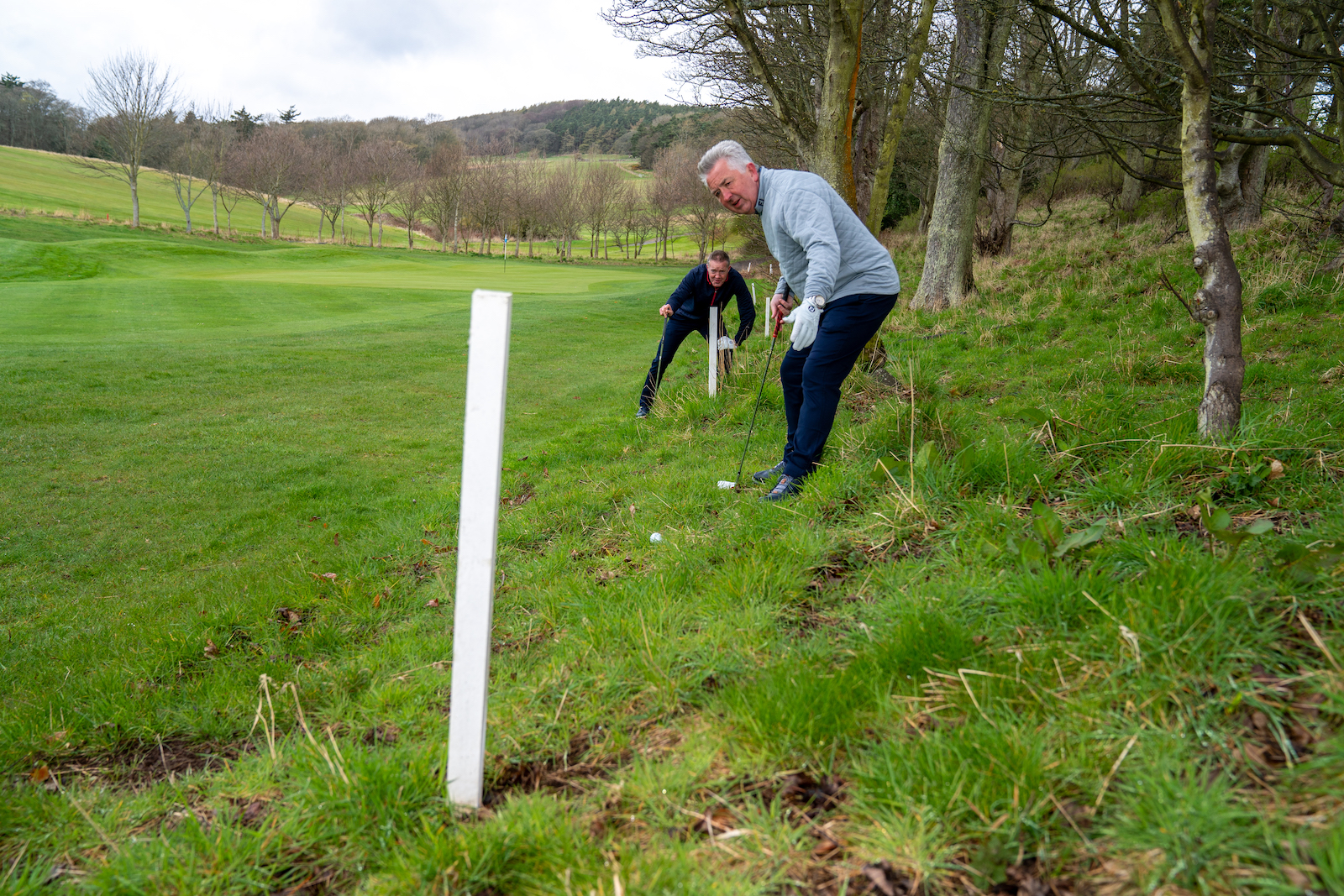
Anywhere beyond the boundary of the course is ‘out of bounds’ and you may not play your ball from out of bounds. It might be defined by a wall, hedge or fence, for example, or it may be either on or beyond a certain road. OOB is often defined by white lines or stakes and when it’s a line on the ground, the boundary edge is the course-side edge of the line and the line itself is out of bounds. You may stand out of bounds to play a ball lying in bounds.
Putting green
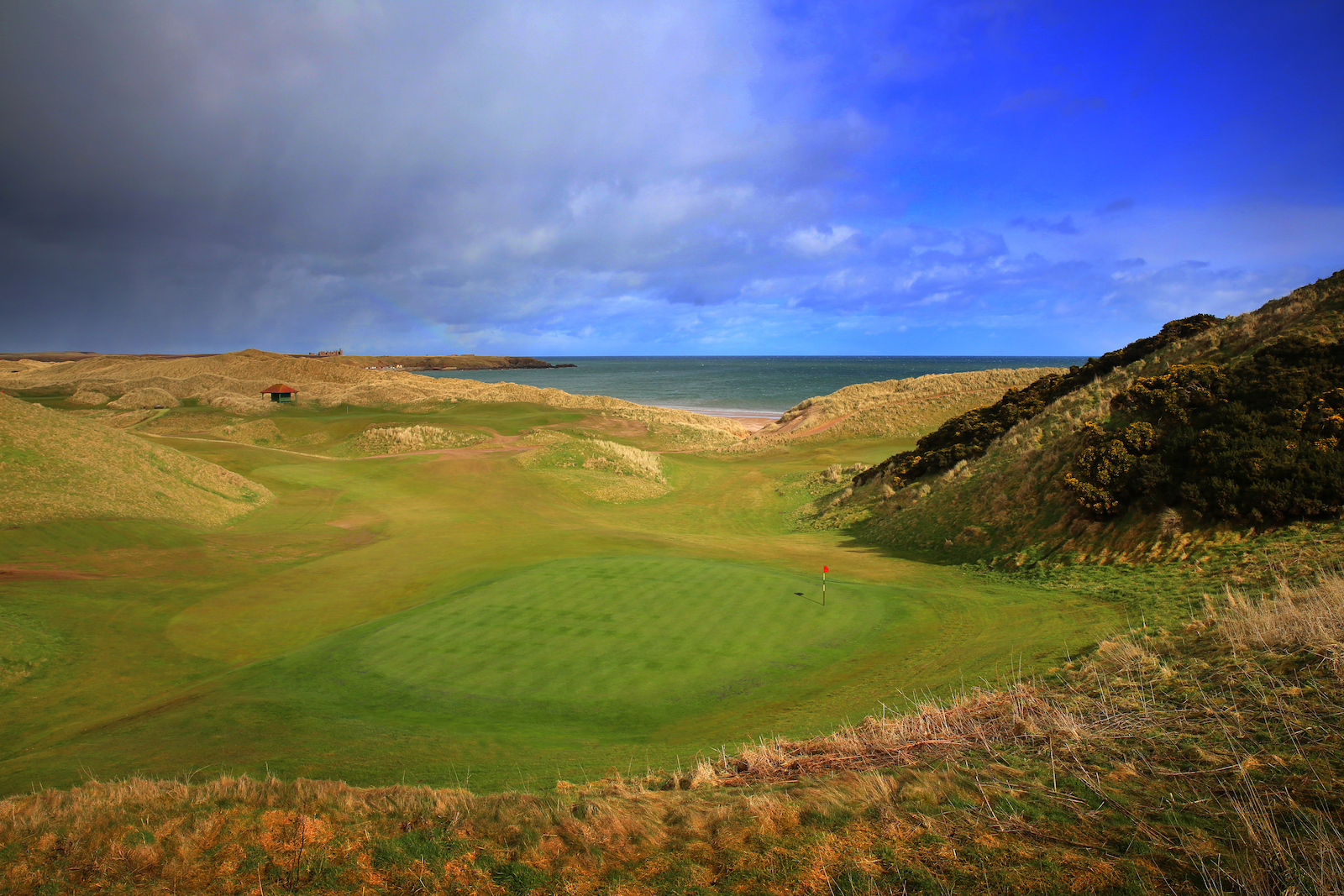
The ‘putting green’ is an area specially prepared for putting, with very fine grasses to allow a smooth roll. It is also one of the five defined areas of the course, with the putting greens of all holes you are not currently playing becoming ‘wrong greens’ while you are playing your current hole. The edge of the putting green is where it can clearly be seen that the specially prepared area starts via a different mowing height, for example.
Unplayable ball
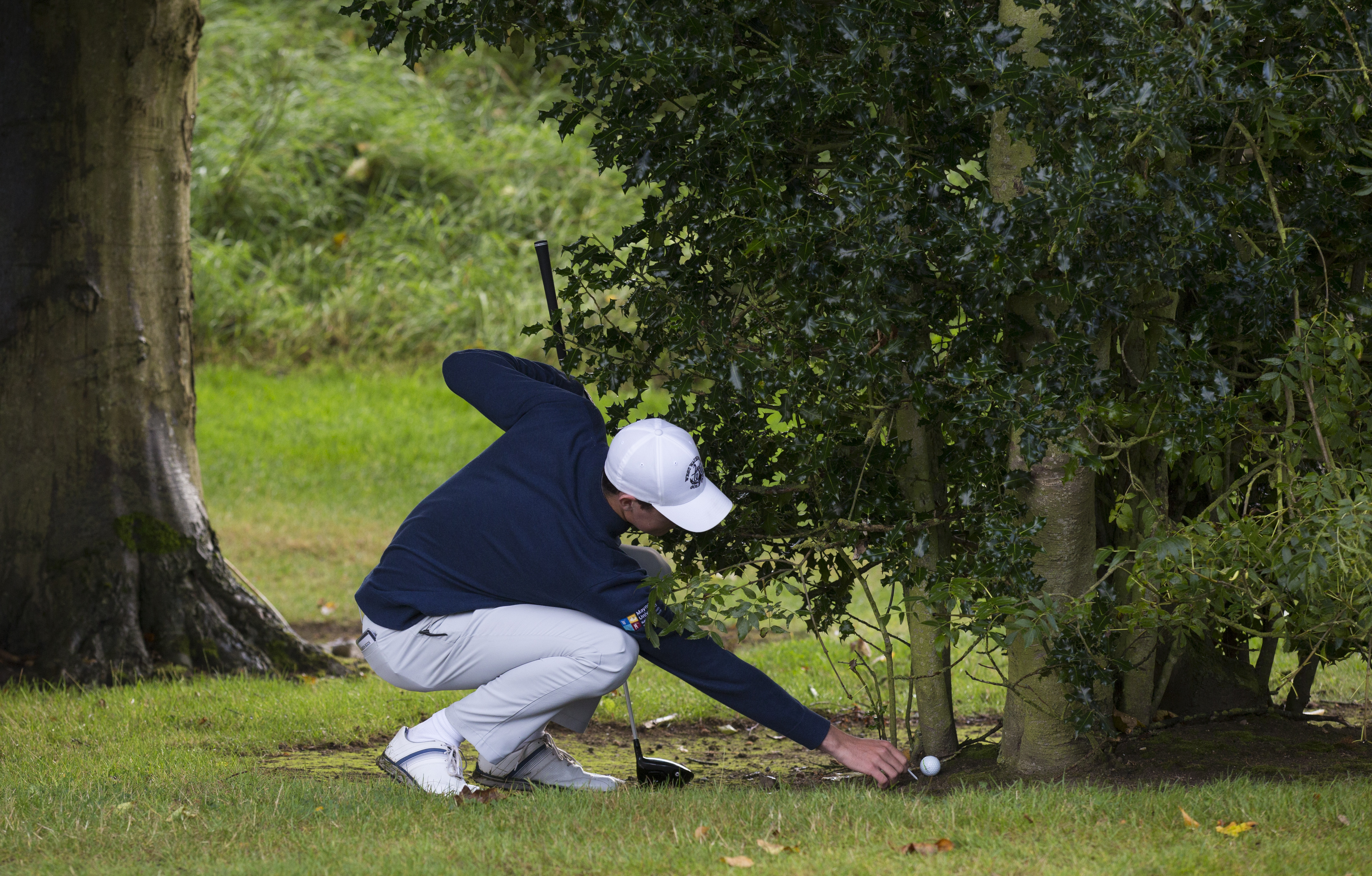
This is a term that confuses many golfers for it is really about your options under the Rules rather than whether or not your ball is physically unplayable. When you decide to proceed under the unplayable ball rule (Rule 19) you may: go back and play from where you last played under penalty of stroke and distance; drop within two club-lengths of where it is lying (not nearer the hole) for one penalty shot; or drop as far back as you like on a line keeping the point where the ball is lying directly between you and the flagstick, again for one stroke.
General area
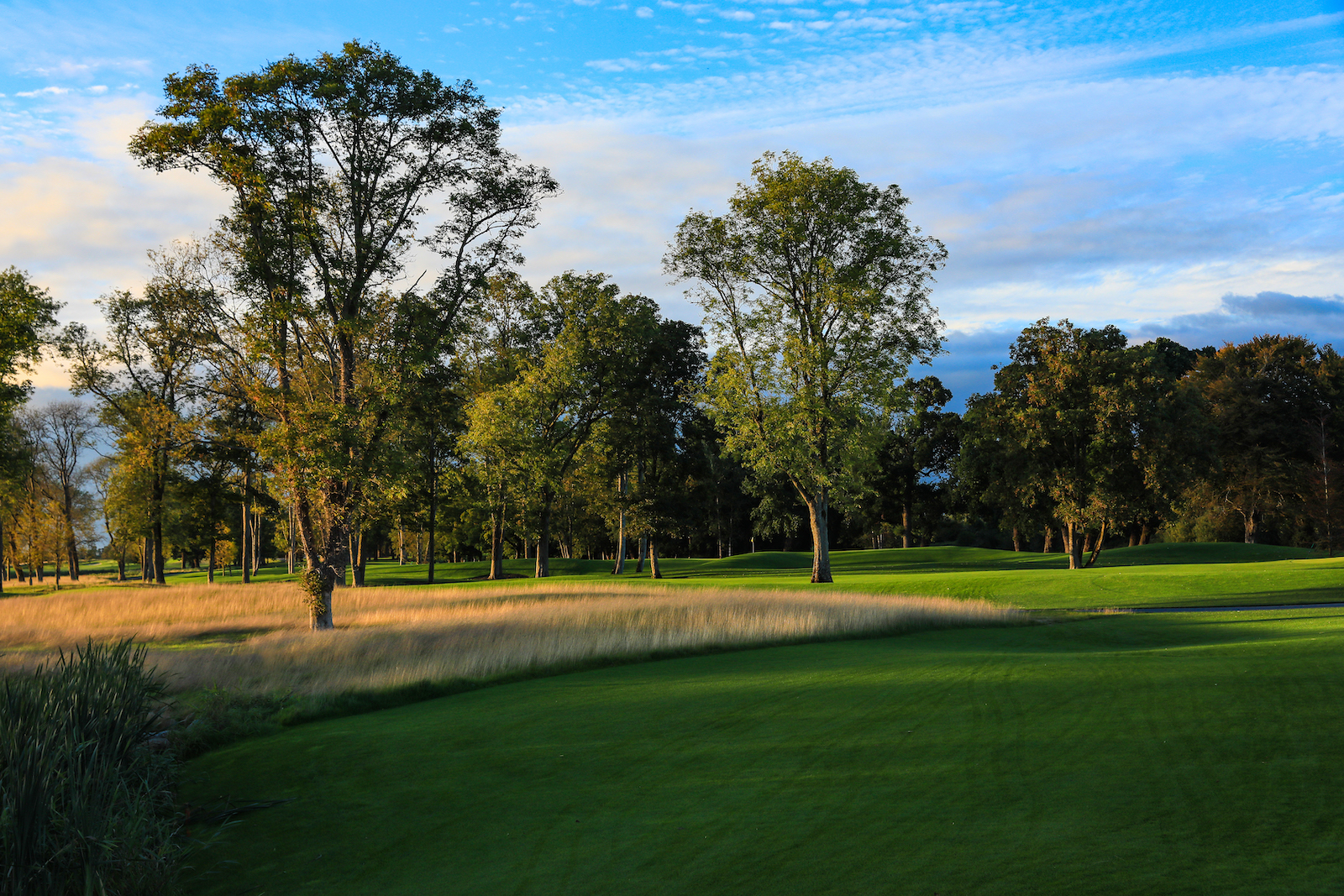
The term used in the Rules to typically cover most of the course – i.e., anywhere other than the teeing area and putting green of the hole you are playing, all penalty areas and all bunkers. We’re talking about all fairways, rough, woodland, bushes etc plus any teeing location other than the teeing area of the hole you’re playing and all wrong greens (e.g., putting greens on holes you are not currently playing).
Abnormal course condition
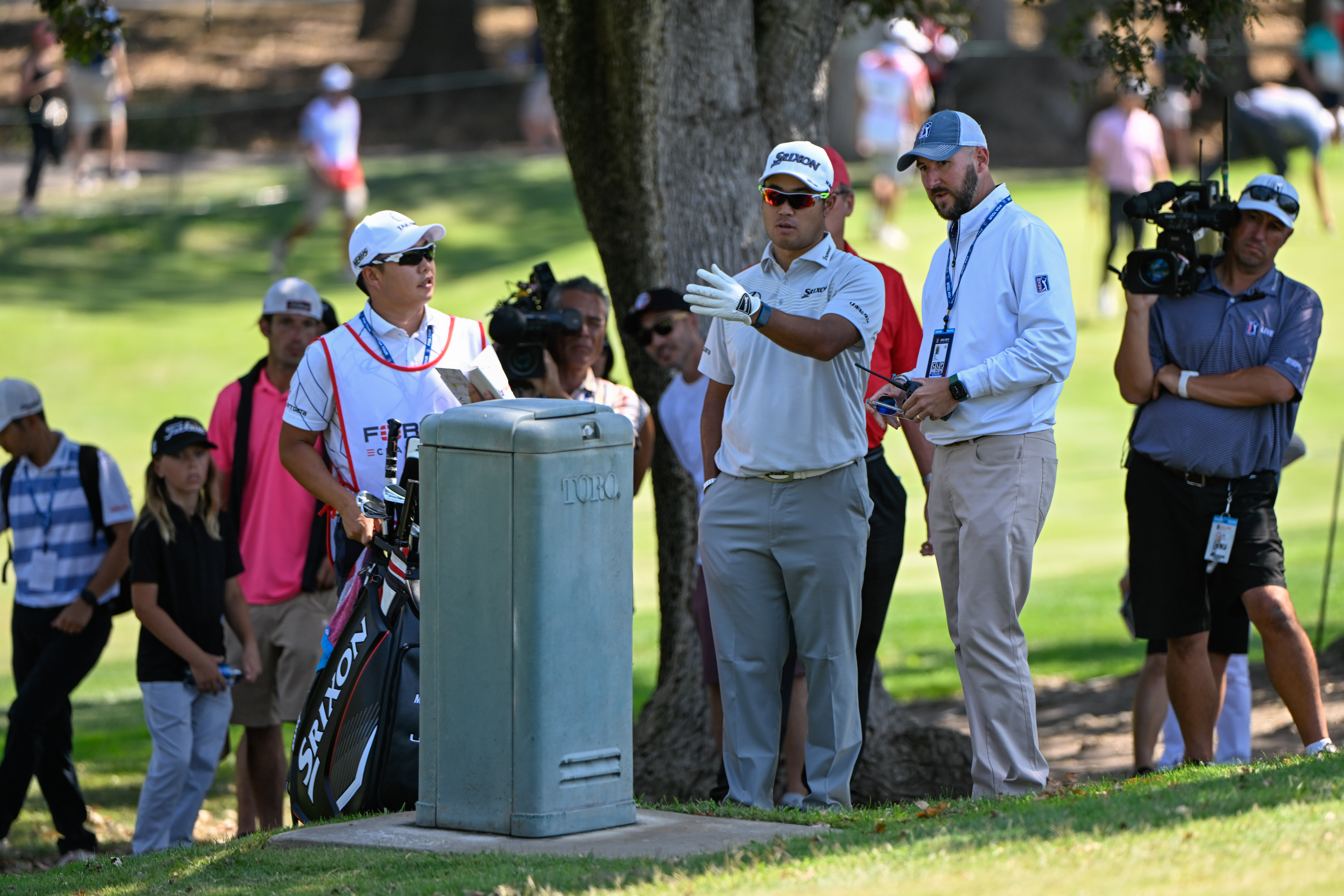
There are four defined abnormal course conditions - animal holes, ground under repair, immovable obstructions and temporary water. All are considered elements you might encounter out on the course that wouldn’t ideally or normally be there and from which you are therefore able to obtain free relief rather than being expected to play should they interfere with the lie of your ball or your area of intended stance of swing.
General penalty
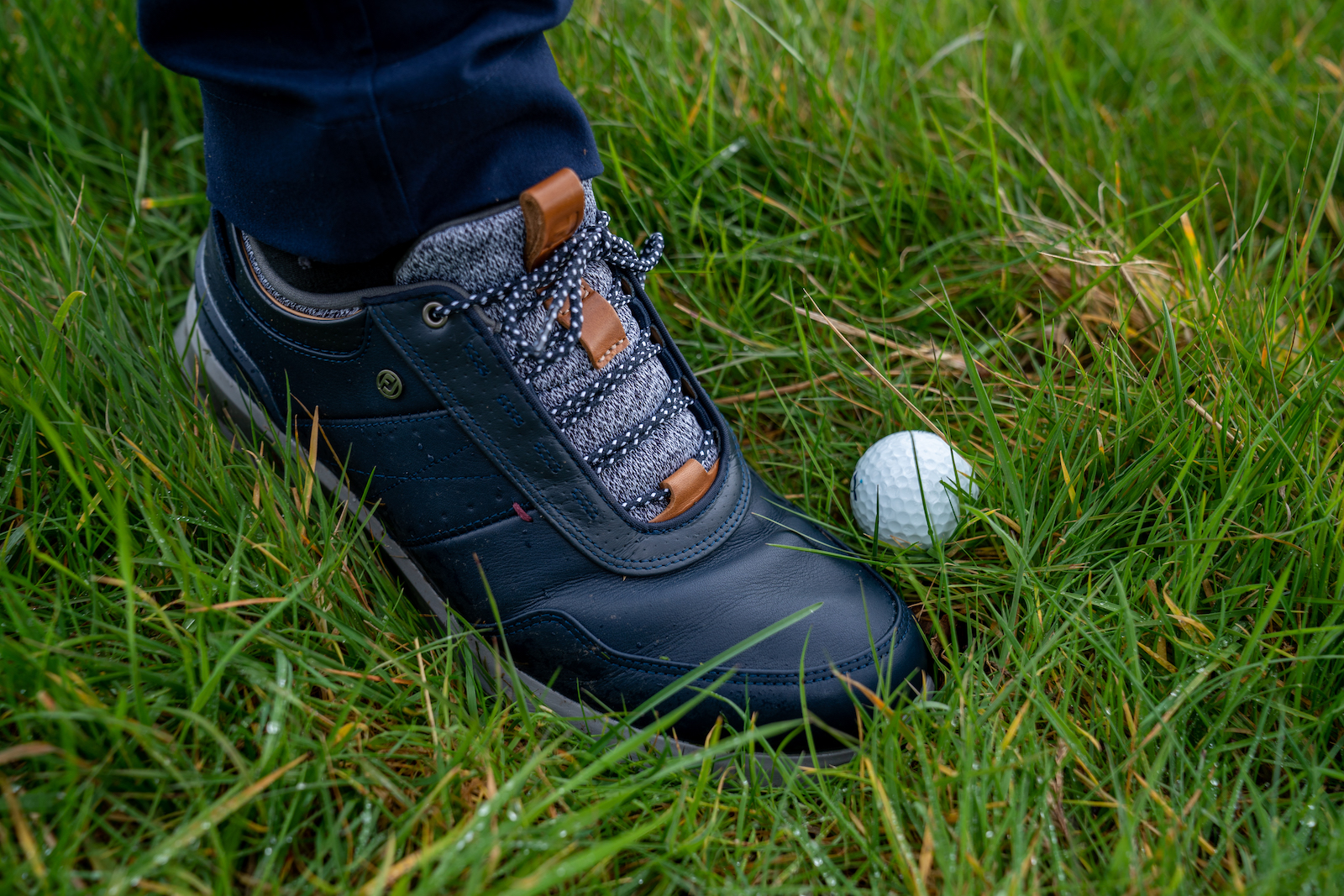
Different Rules and Rules breaches have different penalties ranging from one stroke up to disqualification. The general penalty sits between these two, so you could argue it is for reasonably serious breaches not deemed serious enough to warrant disqualification. Treading down grass behind your ball to improve your lie, as here, would be one such breach. In stroke play the penalty is two strokes; in match play it’s loss of hole.
Movable obstruction
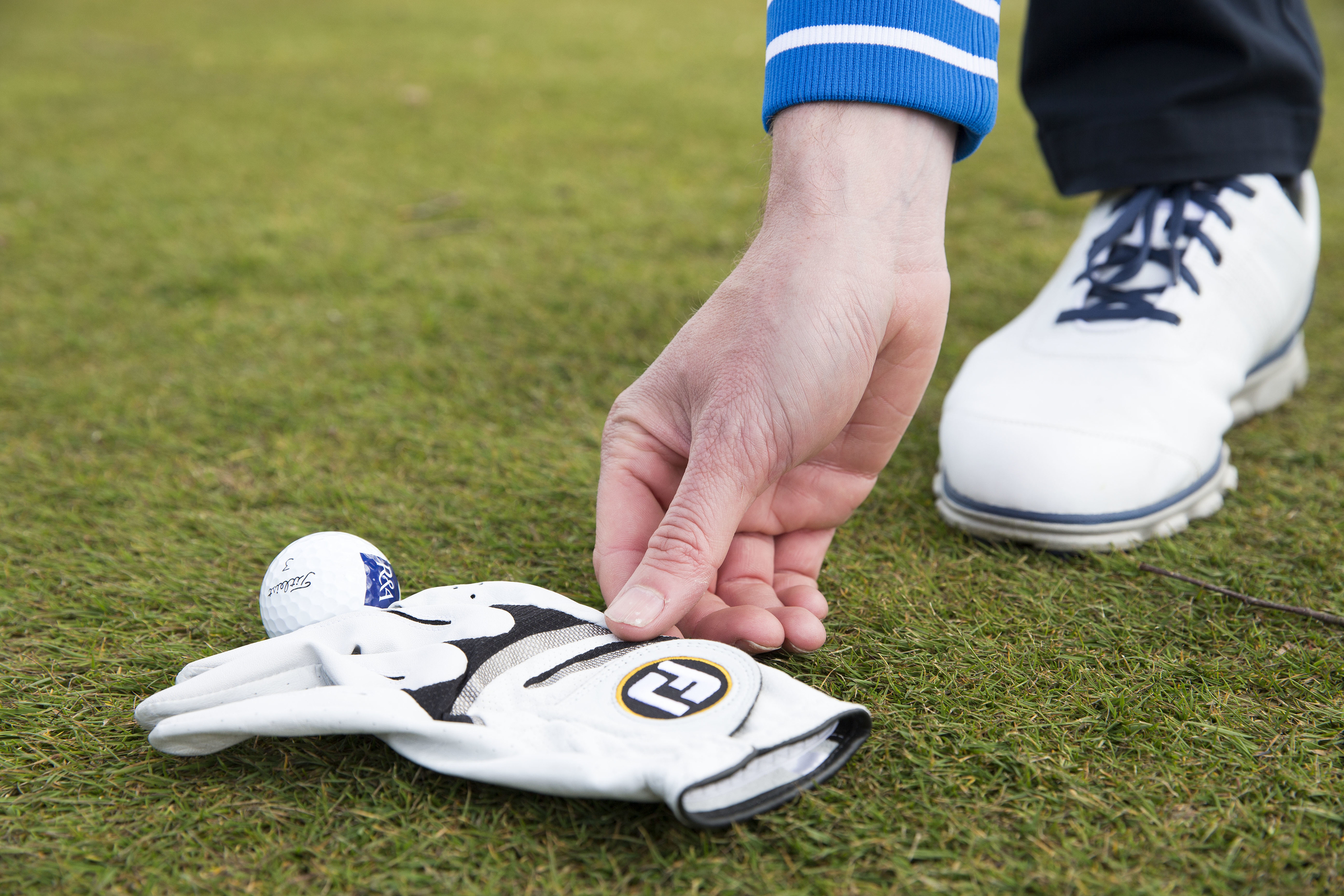
As the term implies, this is an obstruction that can be moved with reasonable effort and without damaging the obstruction or the course. The Rules deal with movable and immovable obstructions differently so you need to check Rules 15 and 16 to see how to proceed. Examples would be ‘trolleys this way’ signs, most red and yellow penalty area stakes, a discarded drinks can or an item another player has dropped such as a glove or towel.
Stroke and distance
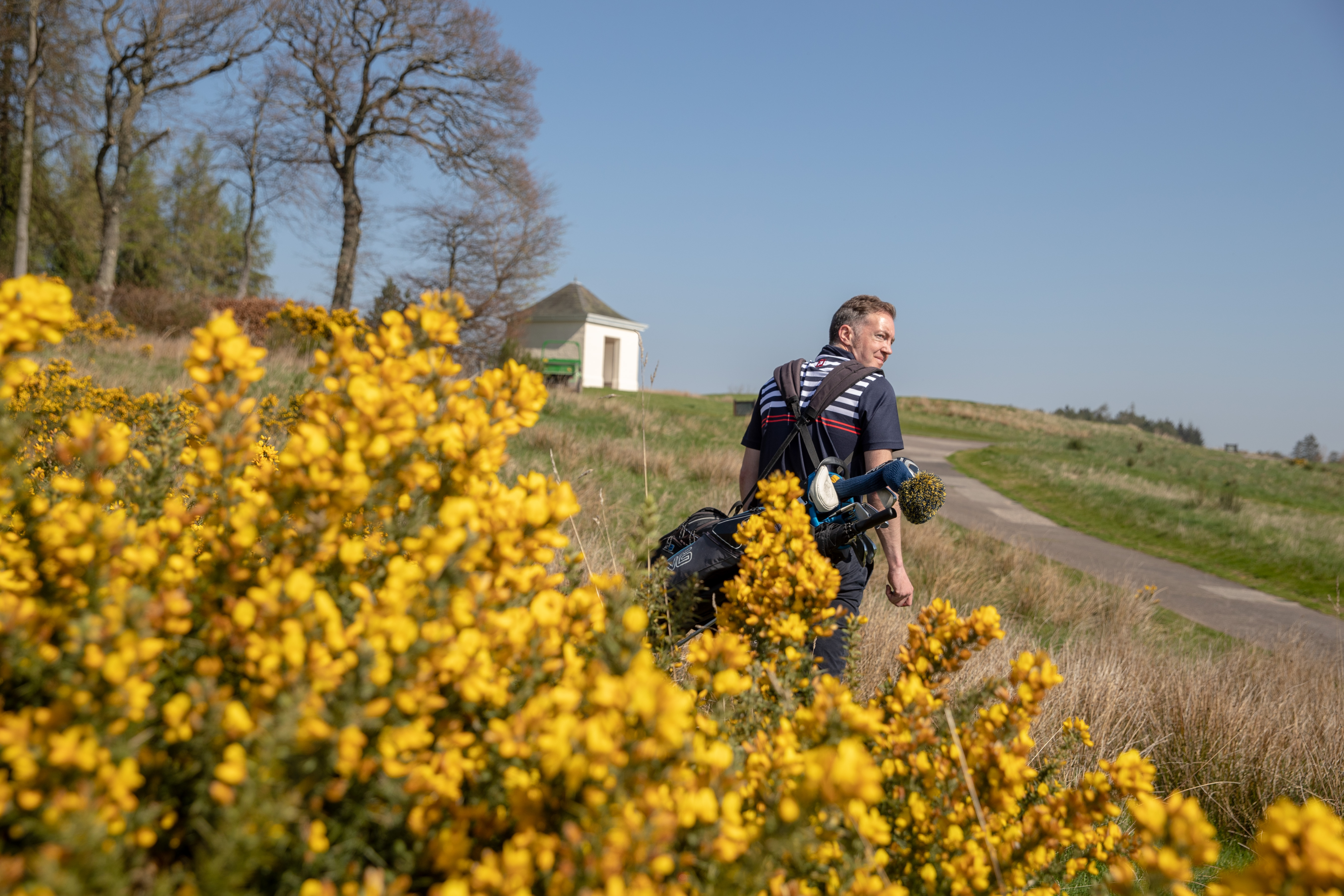
The term used to indicate the procedure and penalty when taking relief under Rule 17 (penalty areas), 18 (lost or out of bounds) or 19 (unplayable ball) by playing a ball from where the previous stroke was made. As the name implies, you are being penalised a stroke and also the distance of the original stroke, so in many instances, especially where the original shot went a long way, it really feels like you are losing two strokes.
Yellow penalty area
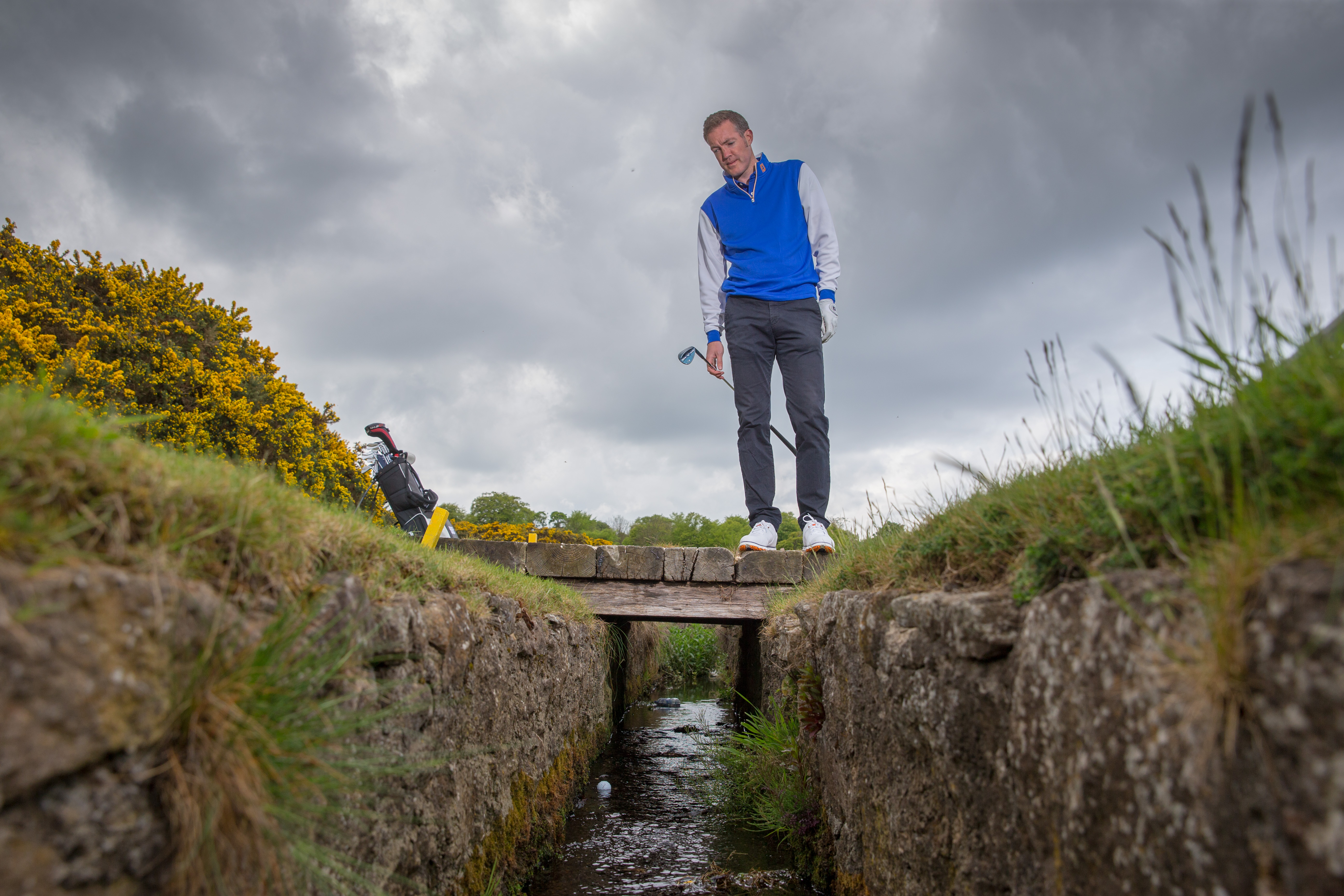
A penalty area can be any body of water, whether marked or not, including seas, lakes, ponds, rivers, ditches or other open water courses, even if they have no water in them. Committees can even deem other areas penalty areas now too. If your ball is in a yellow penalty area, there are two relief options for one stroke – go back and play again (stroke and distance) or drop back as far as you like on a line keeping the point where the ball last crossed the edge of the penalty area between you and the flagstick.
Immovable obstruction
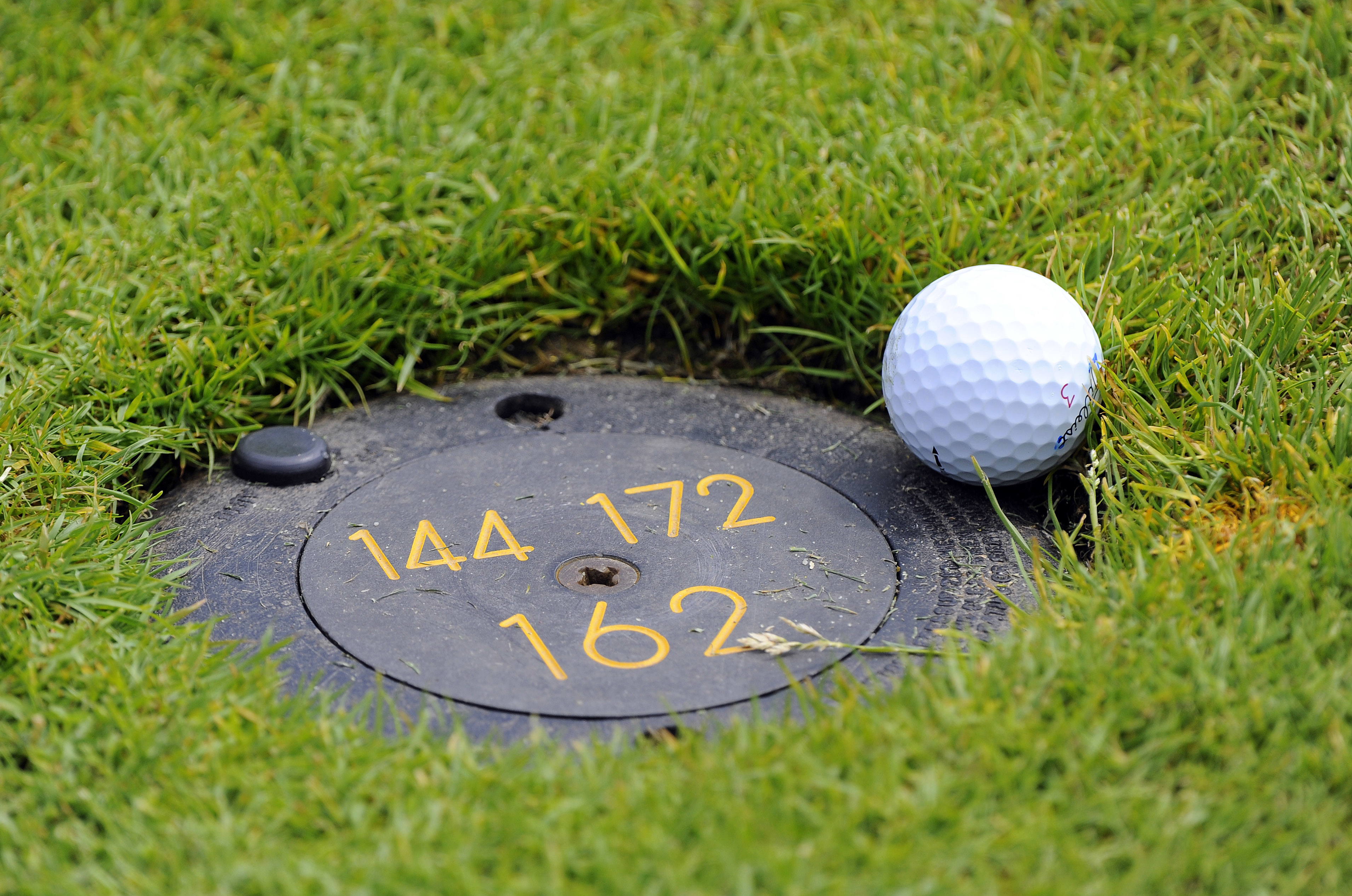
These are obstructions that cannot be moved without unreasonable effort or without damaging the obstruction or the course. You get free relief from these under Rule 16 when they interfere with the lie of your ball or area of intended stance or swing, but not merely if they are on your line. Examples would be cart paths, toilet buildings, sprinkler heads and boxes or covers associated with drainage or irrigation.
Red penalty area
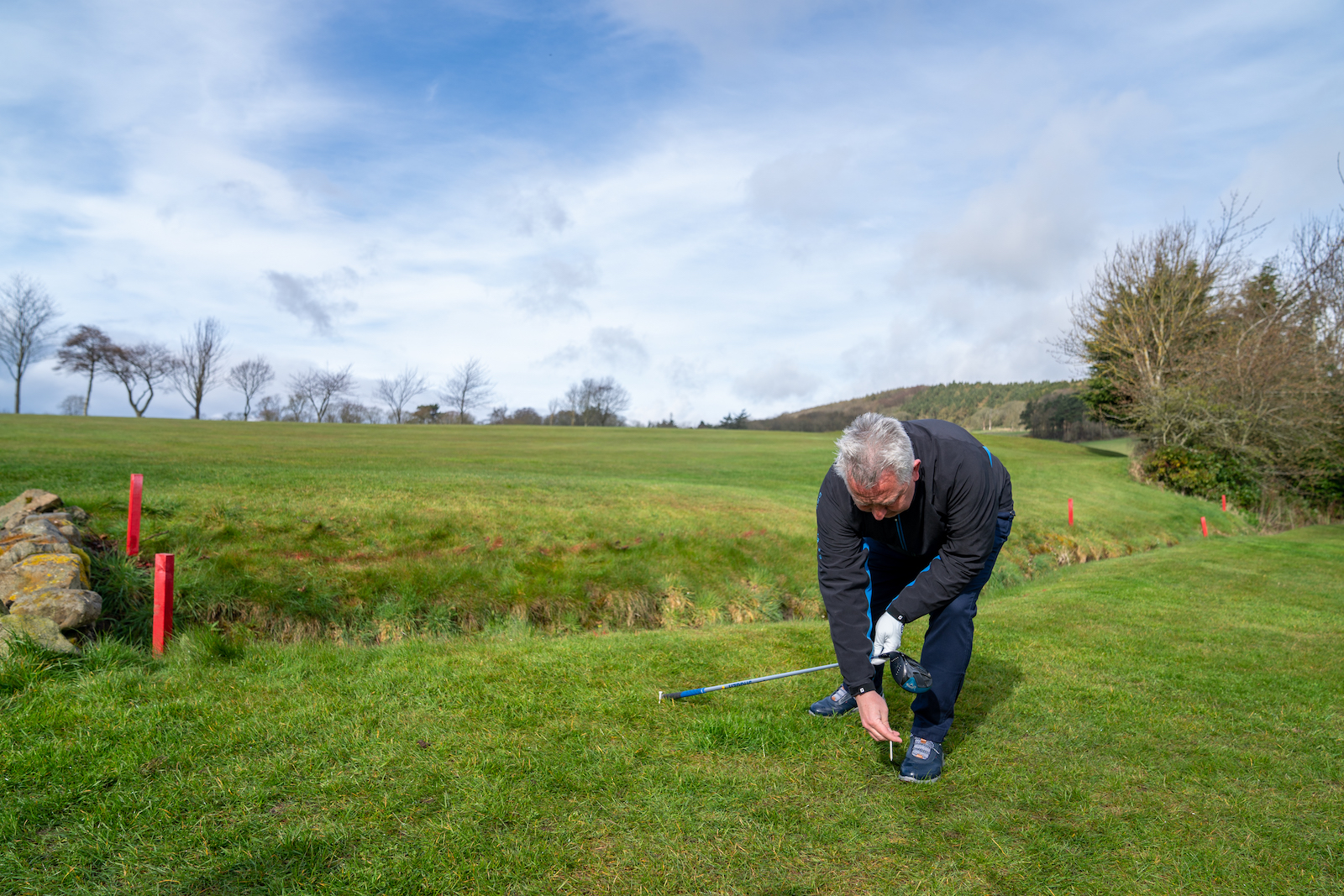
A penalty area can be any body of water, whether marked or not, including seas, lakes, ponds, rivers, ditches or other open water courses, even if they have no water in them. Committees can even deem other areas penalty areas now too. If your ball is in a red penalty area, there are three relief options for one stroke: go back and play again (stroke and distance); drop back as far as you like on a line keeping the point where the ball last crossed the edge of the penalty area between you and the flagstick; or drop within two club-lengths not nearer the hole from the point where your ball last crossed the edge of the red penalty area.
Loose impediment
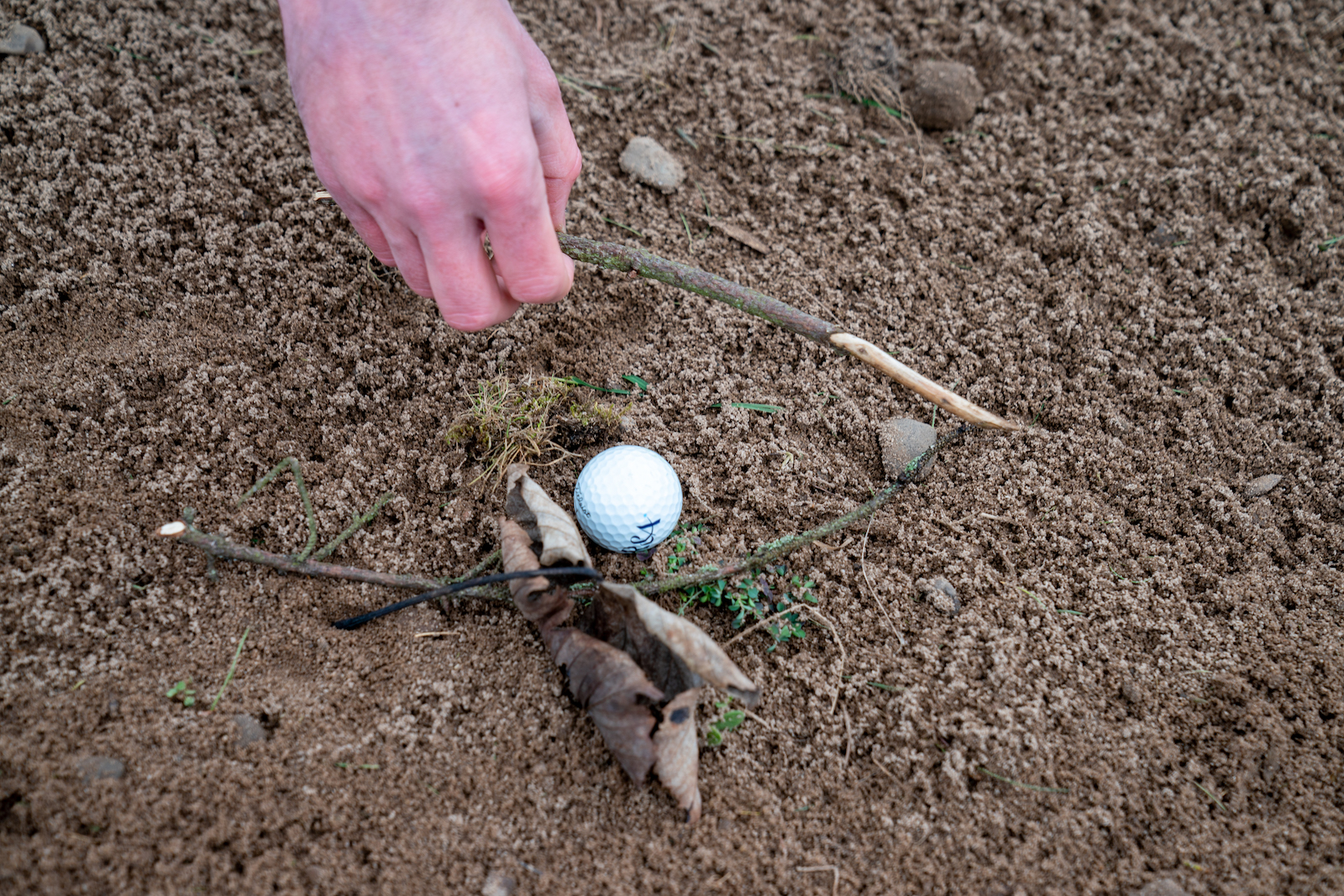
'Loose impediments’ include, among other things, unattached natural objects such as stones, loose grass, leaves, branches, twigs and sticks as well as worms, insects and the mounds or webs they build. But such natural objects are not loose if they’re attached or growing, solidly embedded in the ground (cannot be picked out easily) or sticking to the ball. Loose impediments can be removed anywhere on the course, but beware – if you move your ball in the process you will be penalised.
Provisional ball
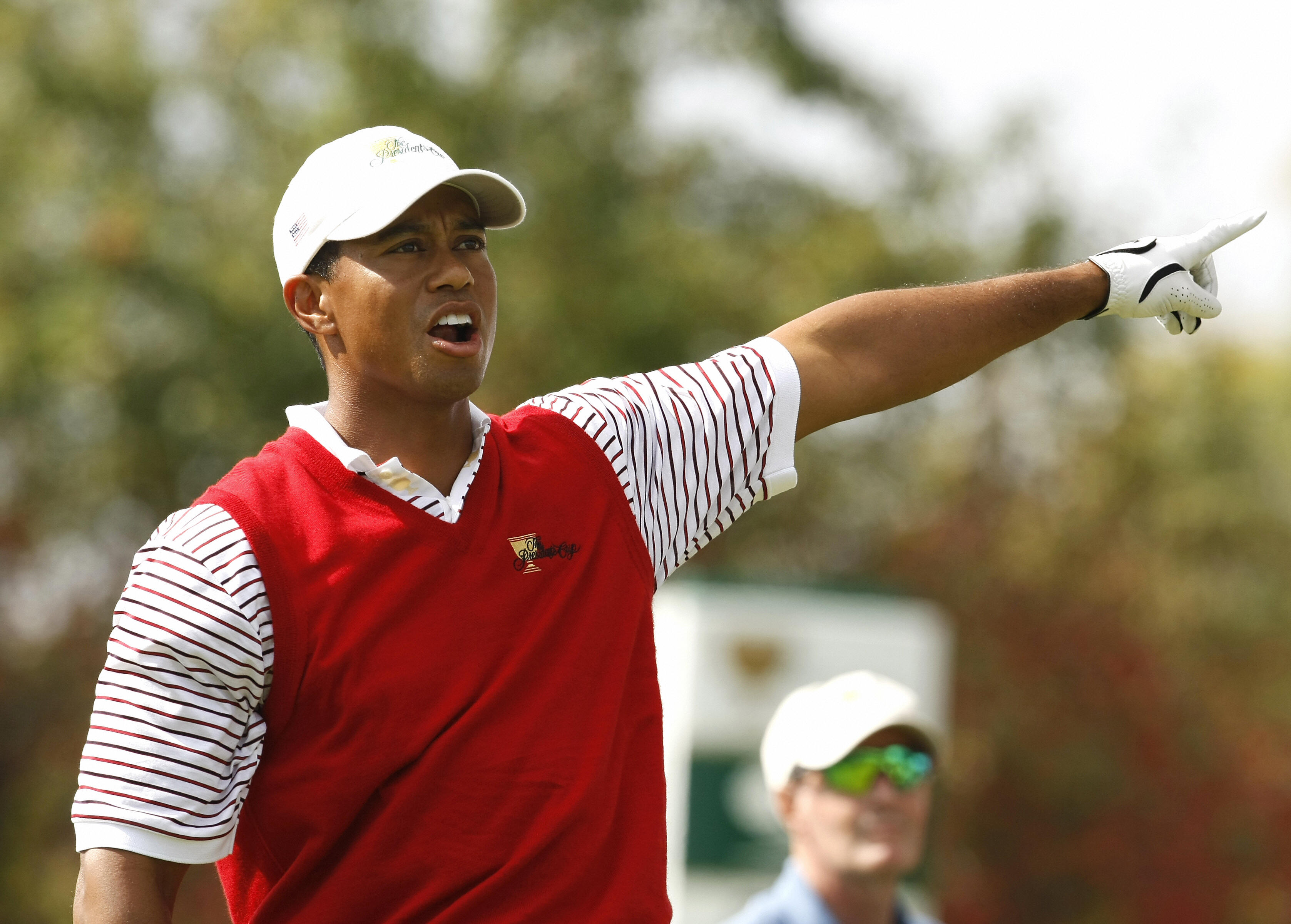
If you hit your ball and fear it may be out of bounds or lost outside a penalty area, always hit a provisional ball to potentially save yourself a long walk. By declaring a provisional ball and playing again from the same place, you can continue until you reach the point where you believe the original ball to be and, if it can’t be found, then switch to the provisional ball. The penalty is stroke and distance.
Nearest point of complete relief
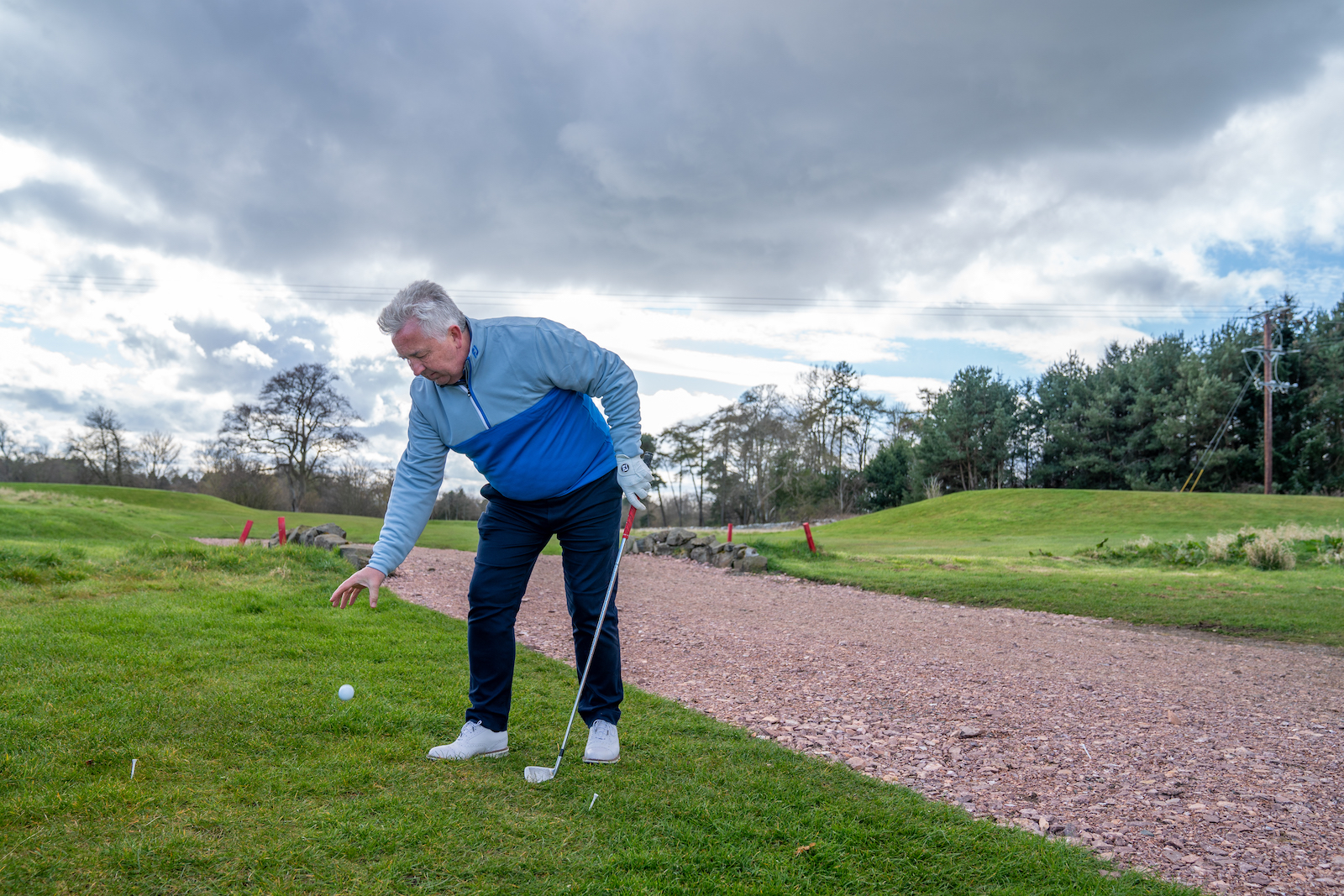
When taking relief under certain Rules, you must find the nearest point of complete relief where, for example, an immovable obstruction such as a cart path no longer interferes with your lie or area of intended stance or swing. You must take complete relief, which means both feet and ball need to be clear of the obstruction or condition. Remember - you are only getting relief from that specific obstruction or condition and sometimes your nearest point of complete relief might be in thick rough, a bush or behind a tree!

Jeremy Ellwood has worked in the golf industry since 1993 and for Golf Monthly since 2002 when he started out as equipment editor. He is now a freelance journalist writing mainly for Golf Monthly. He is an expert on the Rules of Golf having qualified through an R&A course to become a golf referee. He is a senior panelist for Golf Monthly's Top 100 UK & Ireland Course Rankings and has played all of the Top 100 plus 91 of the Next 100, making him well-qualified when it comes to assessing and comparing our premier golf courses. He has now played 1,000 golf courses worldwide in 35 countries, from the humblest of nine-holers in the Scottish Highlands to the very grandest of international golf resorts. He reached the 1,000 mark on his 60th birthday in October 2023 on Vale do Lobo's Ocean course. Put him on a links course anywhere and he will be blissfully content.
Jezz can be contacted via Twitter - @JezzEllwoodGolf
Jeremy is currently playing...
Driver: Ping G425 LST 10.5˚ (draw setting), Mitsubishi Tensei AV Orange 55 S shaft
3 wood: Srixon ZX, EvenFlow Riptide 6.0 S 50g shaft
Hybrid: Ping G425 17˚, Mitsubishi Tensei CK Pro Orange 80 S shaft
Irons 3- to 8-iron: Ping i525, True Temper Dynamic Gold 105 R300 shafts
Irons 9-iron and PW: Honma TWorld TW747Vx, Nippon NS Pro regular shaft
Wedges: Ping Glide 4.0 50˚ and 54˚, 12˚ bounce, True Temper Dynamic Gold 105 R300 shafts
Putter: Kramski HPP 325
Ball: Any premium ball I can find in a charity shop or similar (or out on the course!)
-
 Top LIV Golfer? Top Lefty? Leading Amateur? 8 Alternative Masters Leaderboards After Day One At Augusta National
Top LIV Golfer? Top Lefty? Leading Amateur? 8 Alternative Masters Leaderboards After Day One At Augusta NationalJustin Rose leads after the first round of The Masters and, at the first Major of the year, plenty of players have already displayed strong showings at Augusta National
By Matt Cradock Published
-
 LIV Golf Leaderboard At The Masters: DeChambeau And Hatton Lead The Way As Rahm Struggles
LIV Golf Leaderboard At The Masters: DeChambeau And Hatton Lead The Way As Rahm StrugglesBryson DeChambeau and Tyrrell Hatton lead the way for LIV players after 18 holes at Augusta National
By Elliott Heath Published